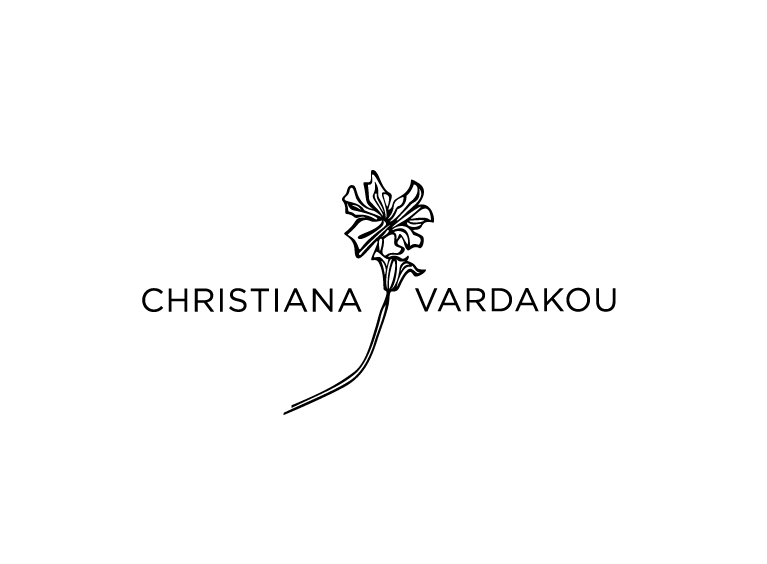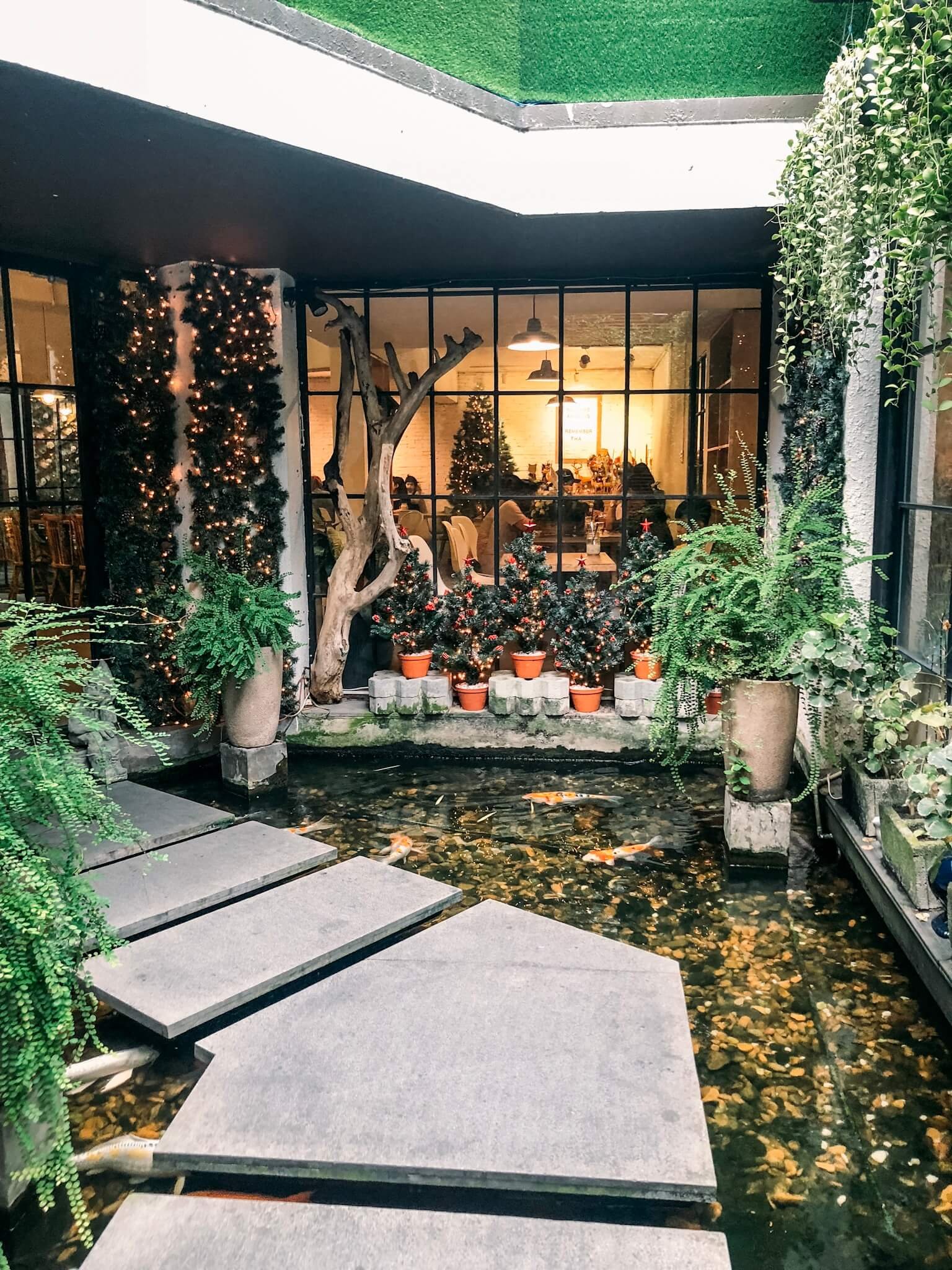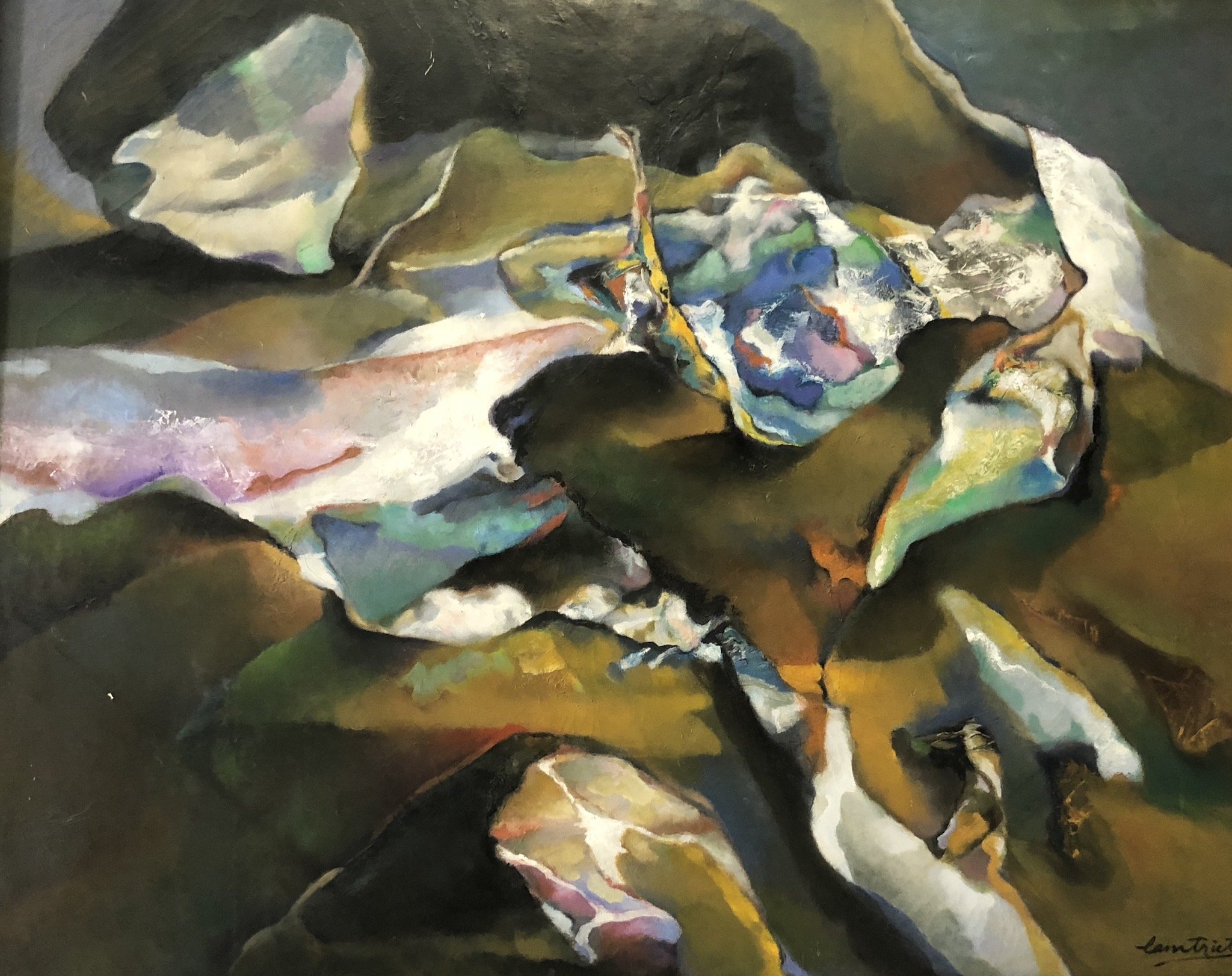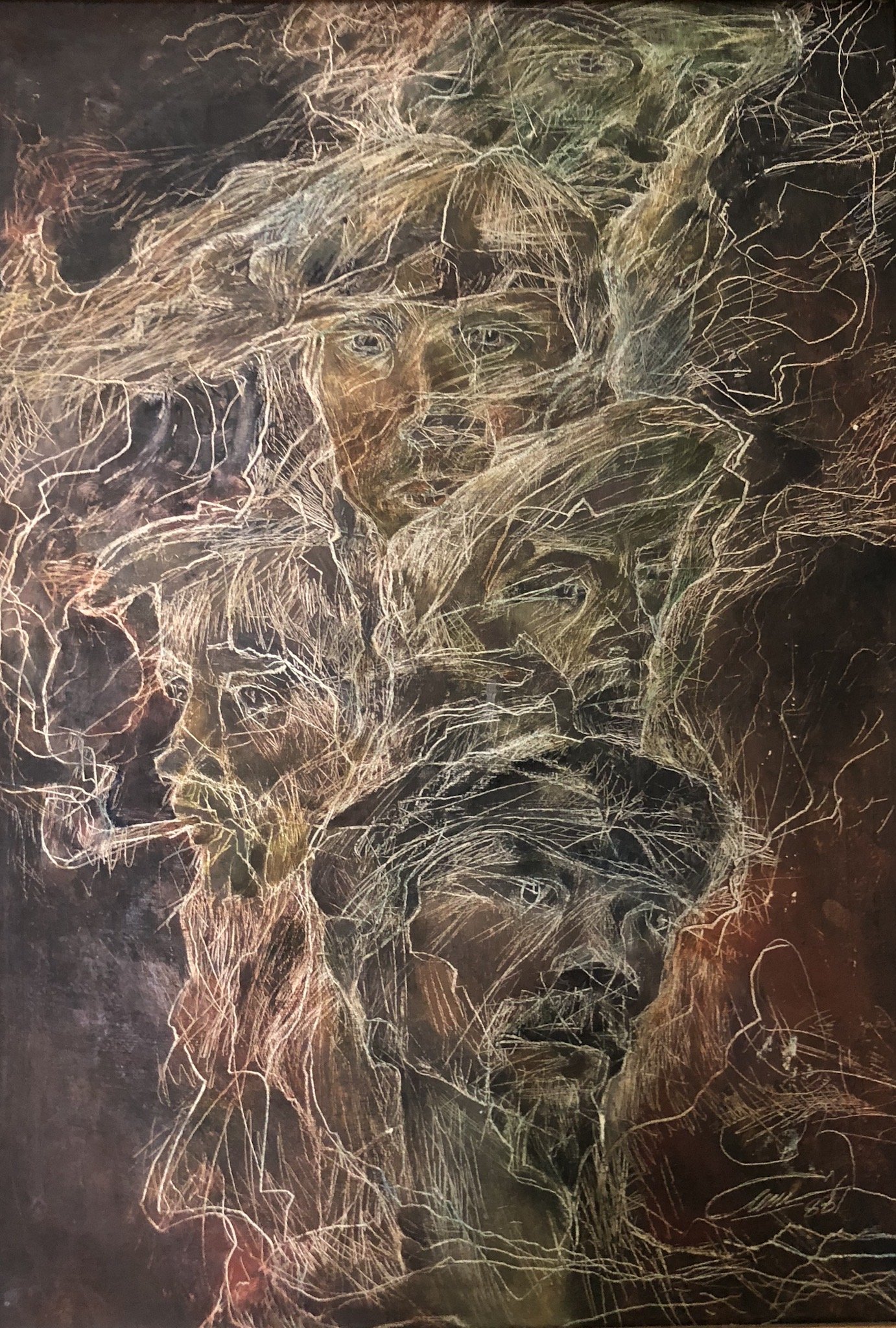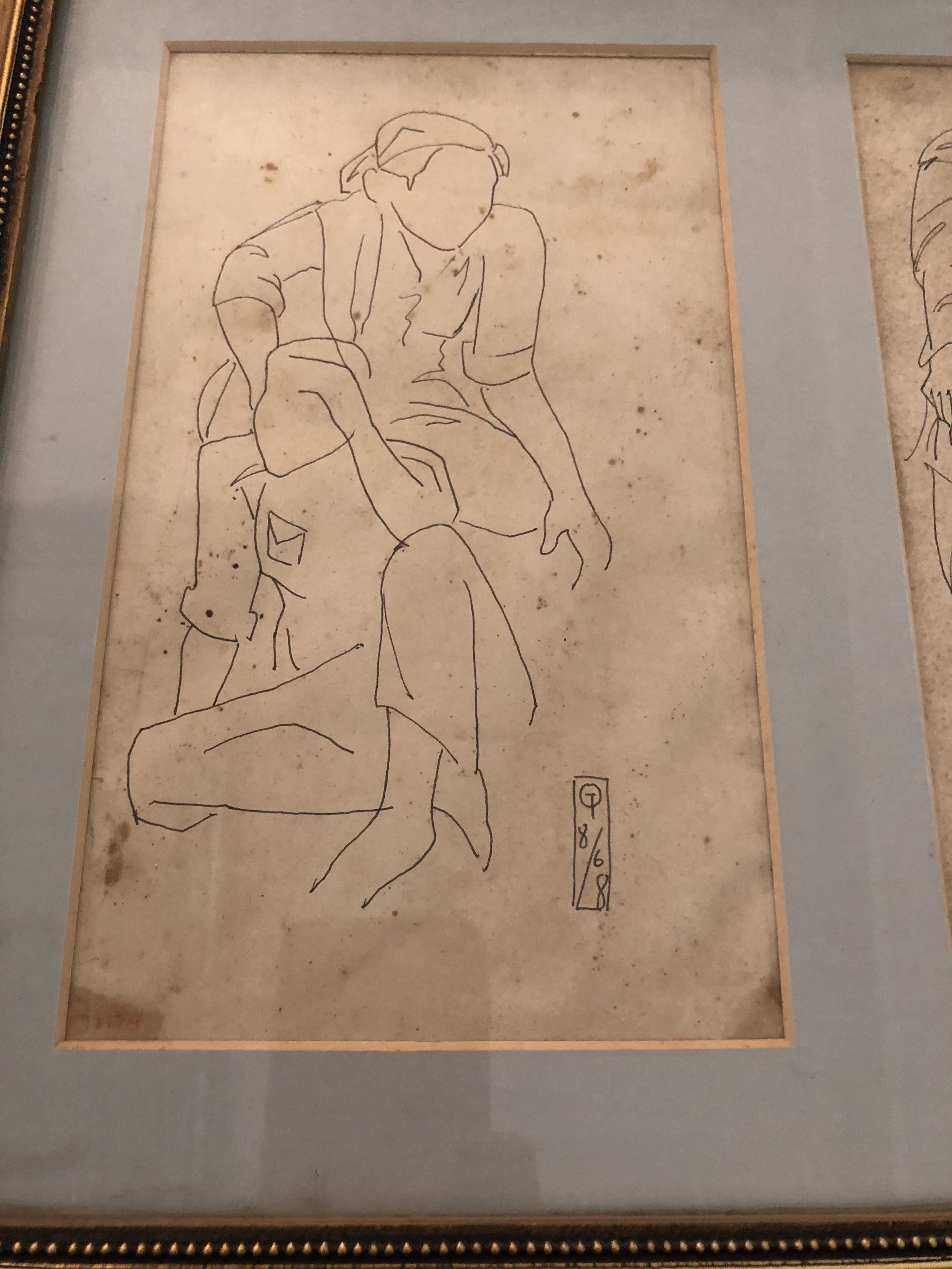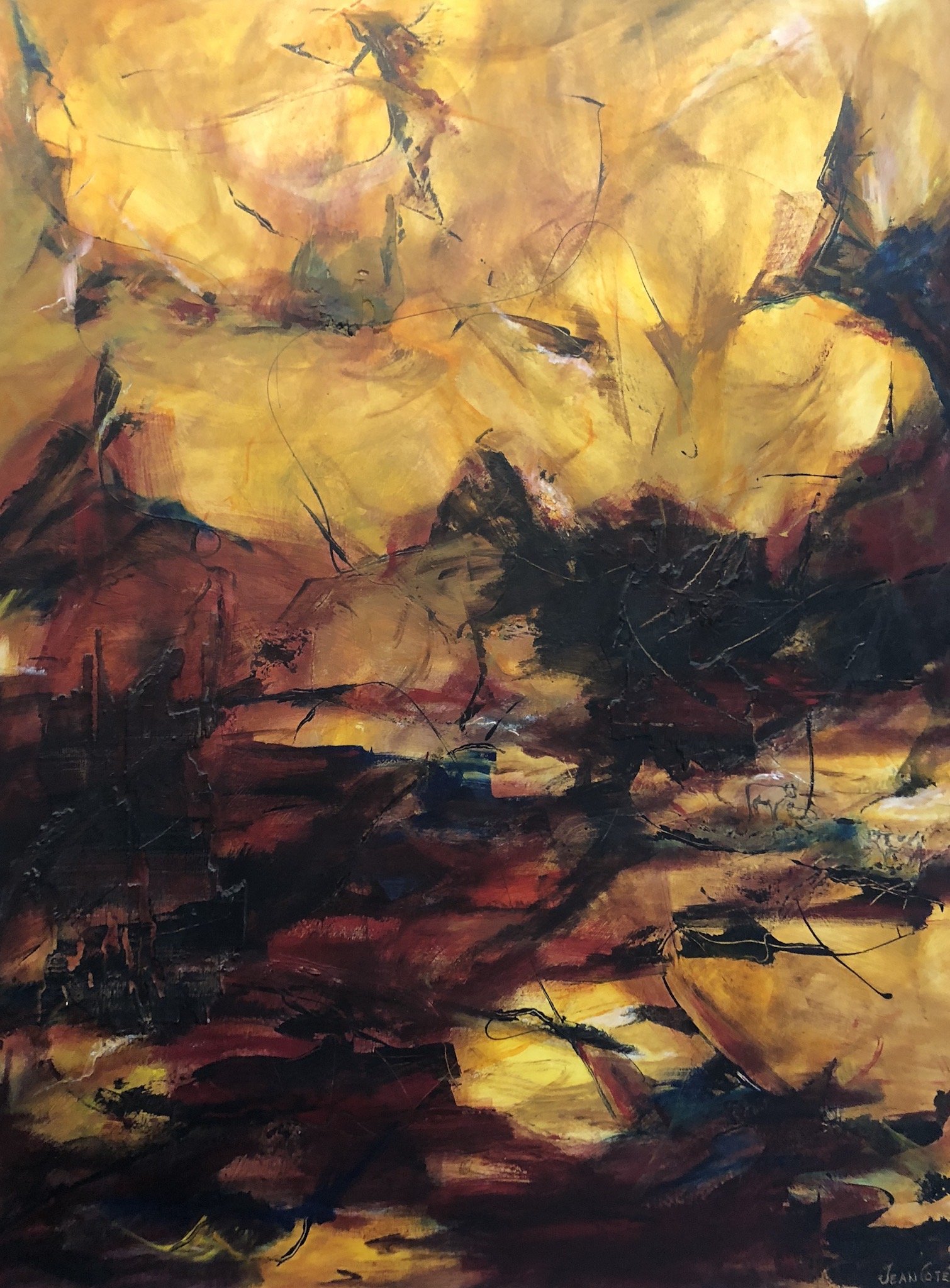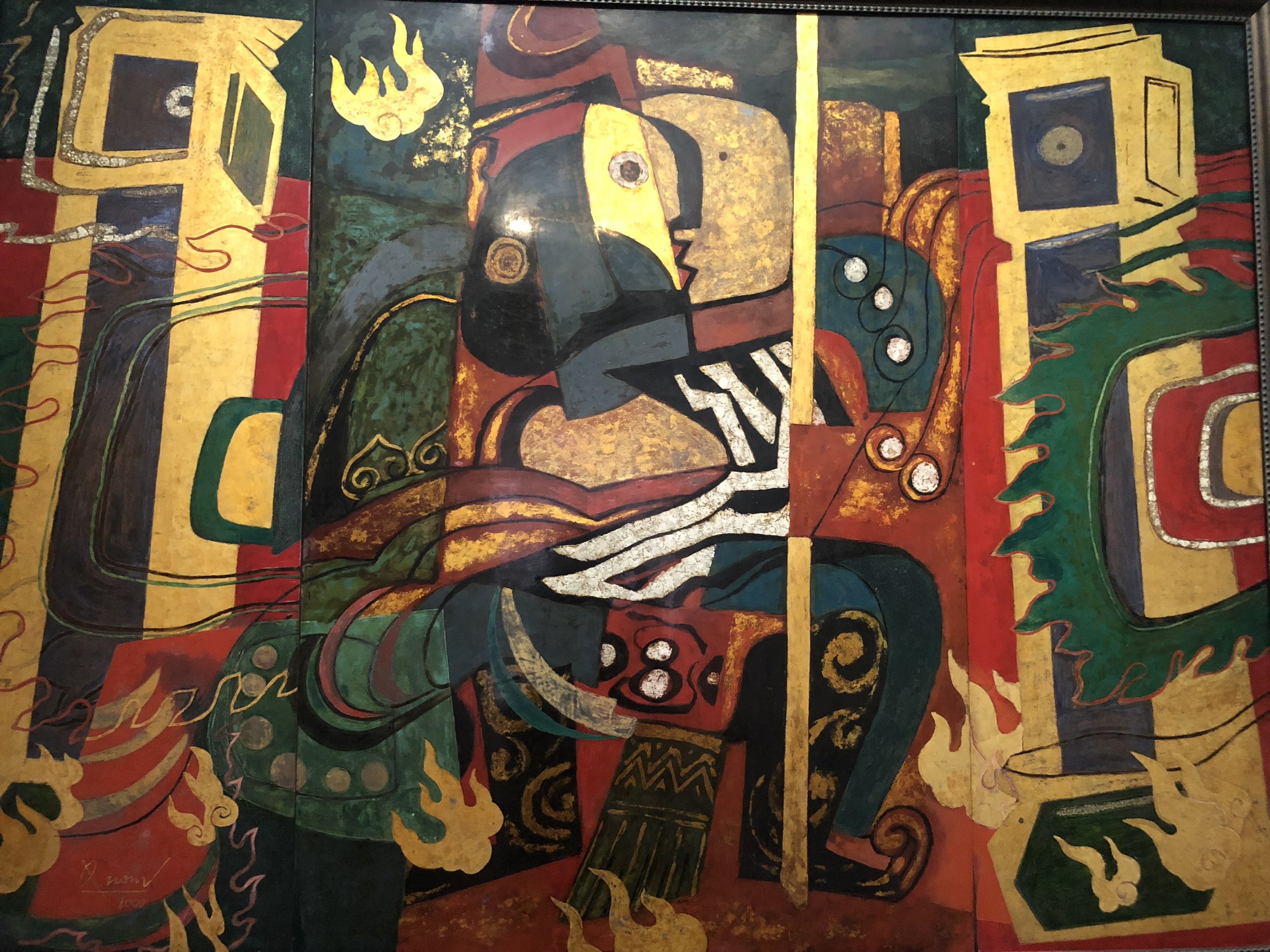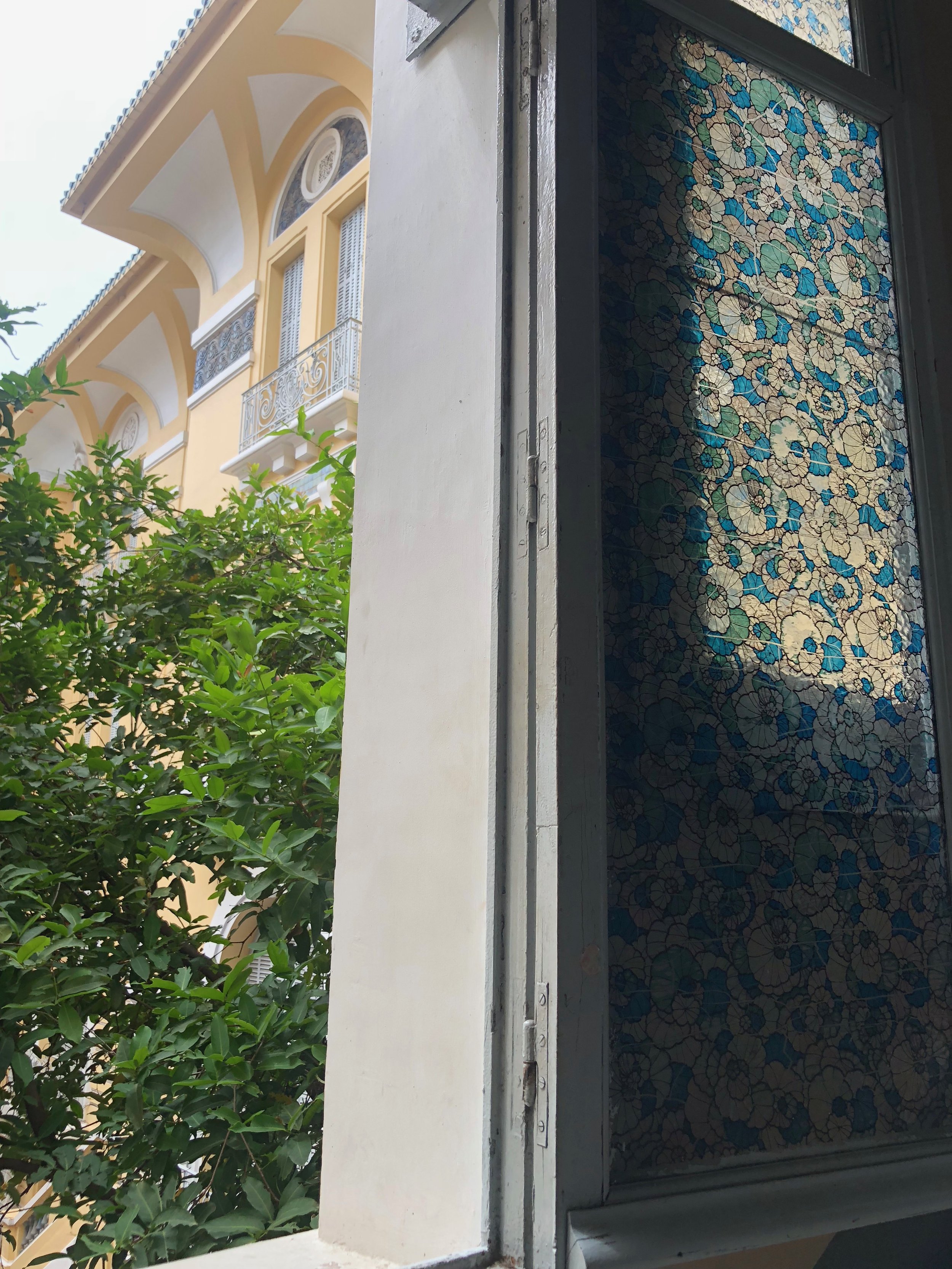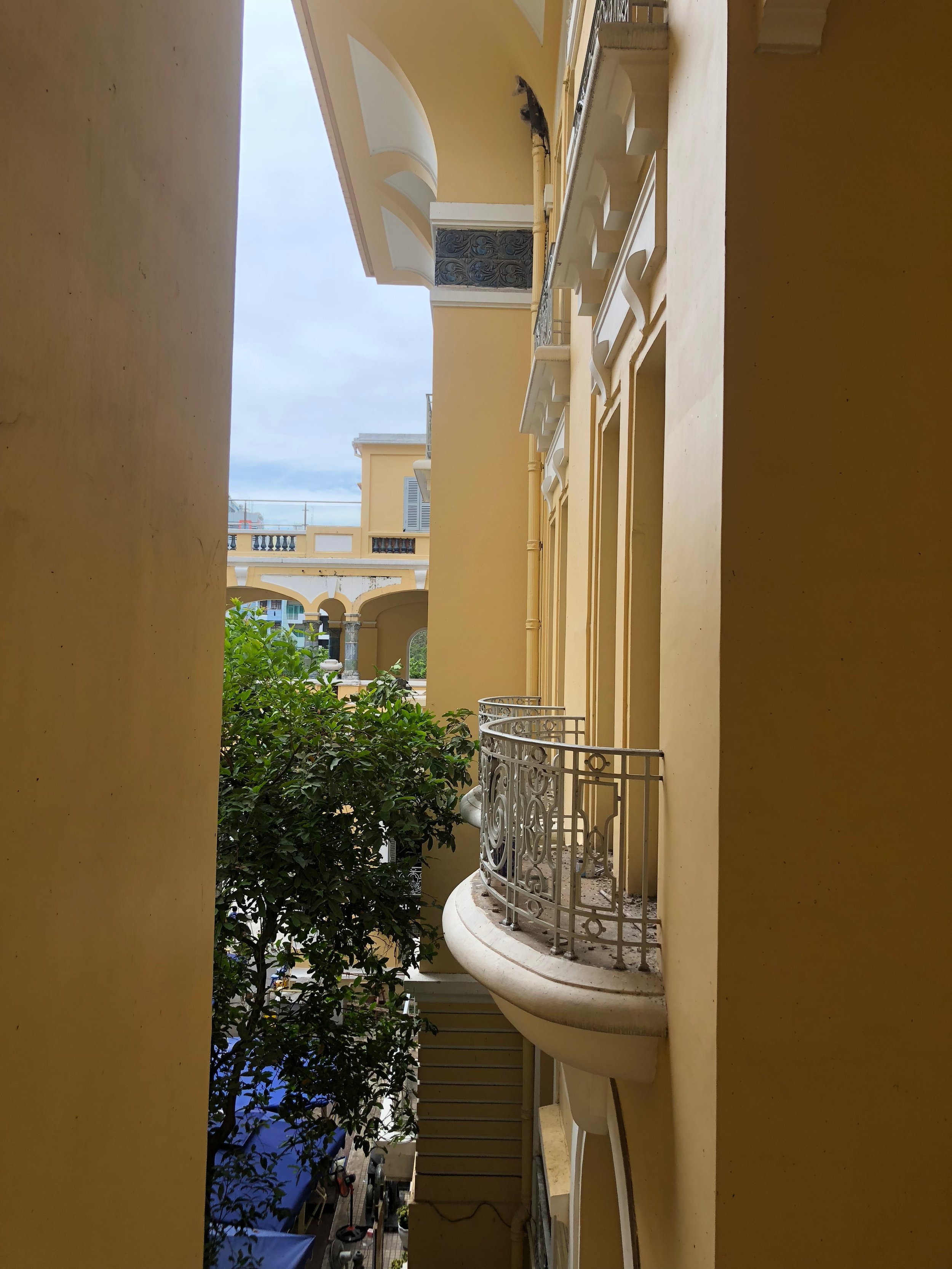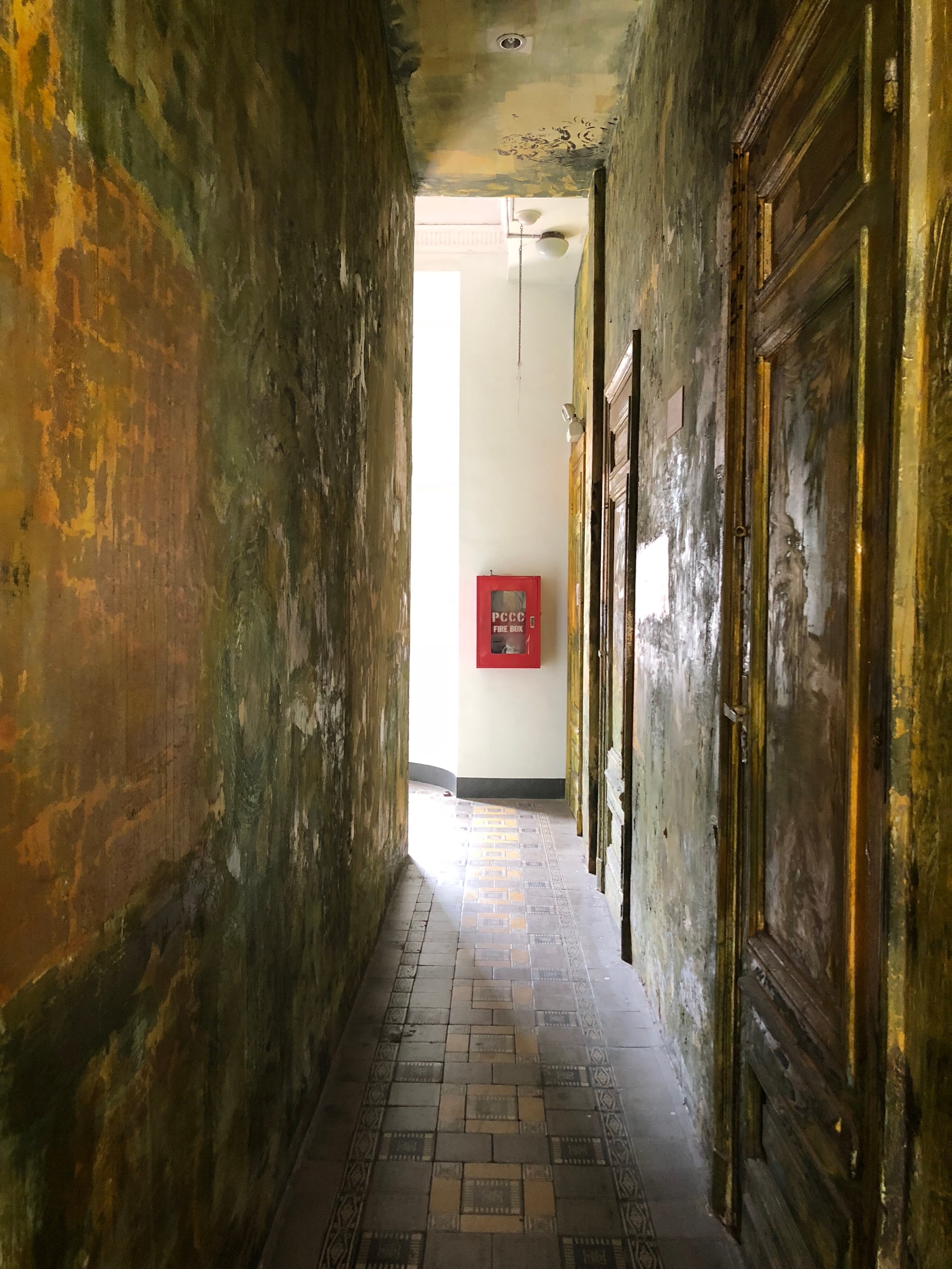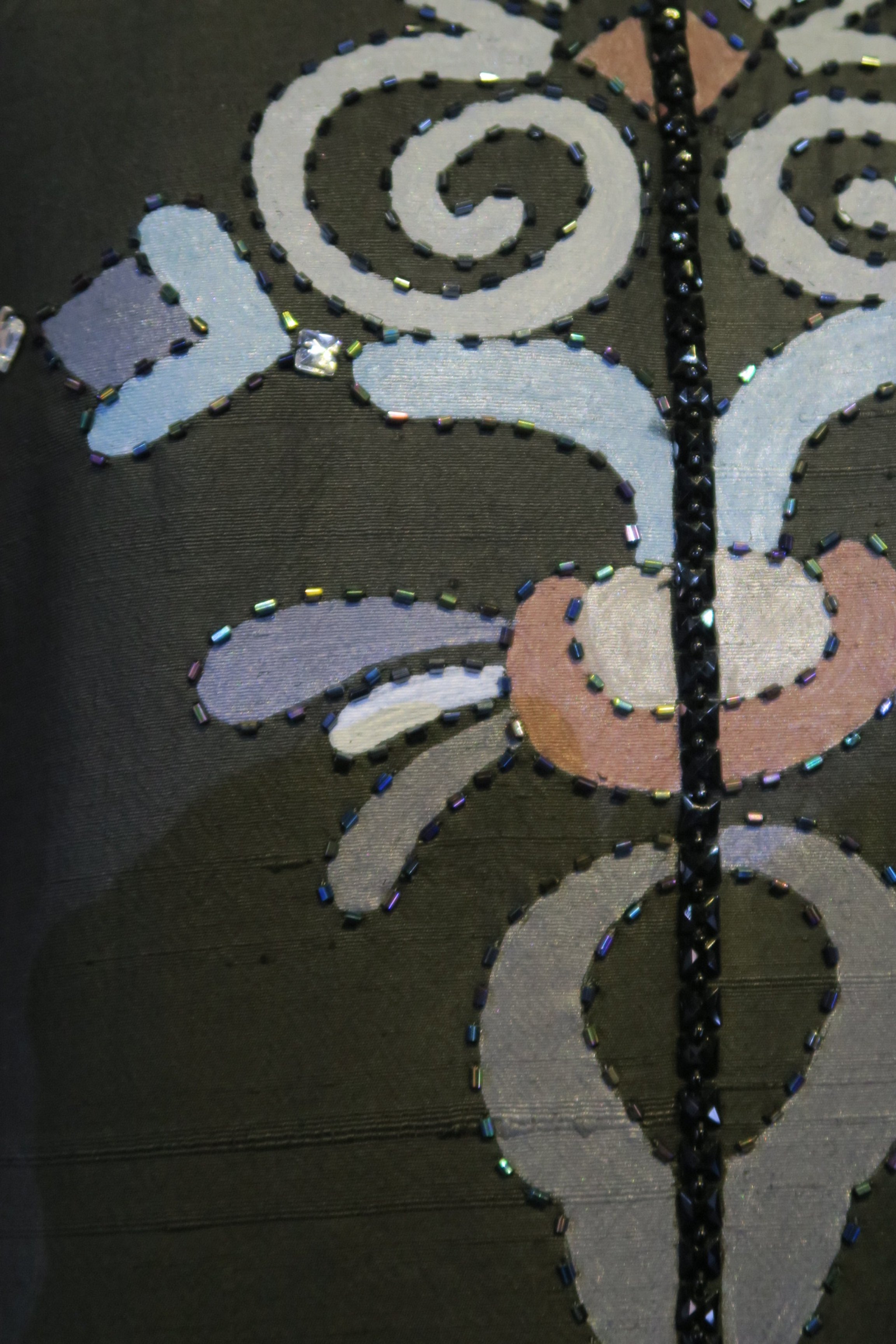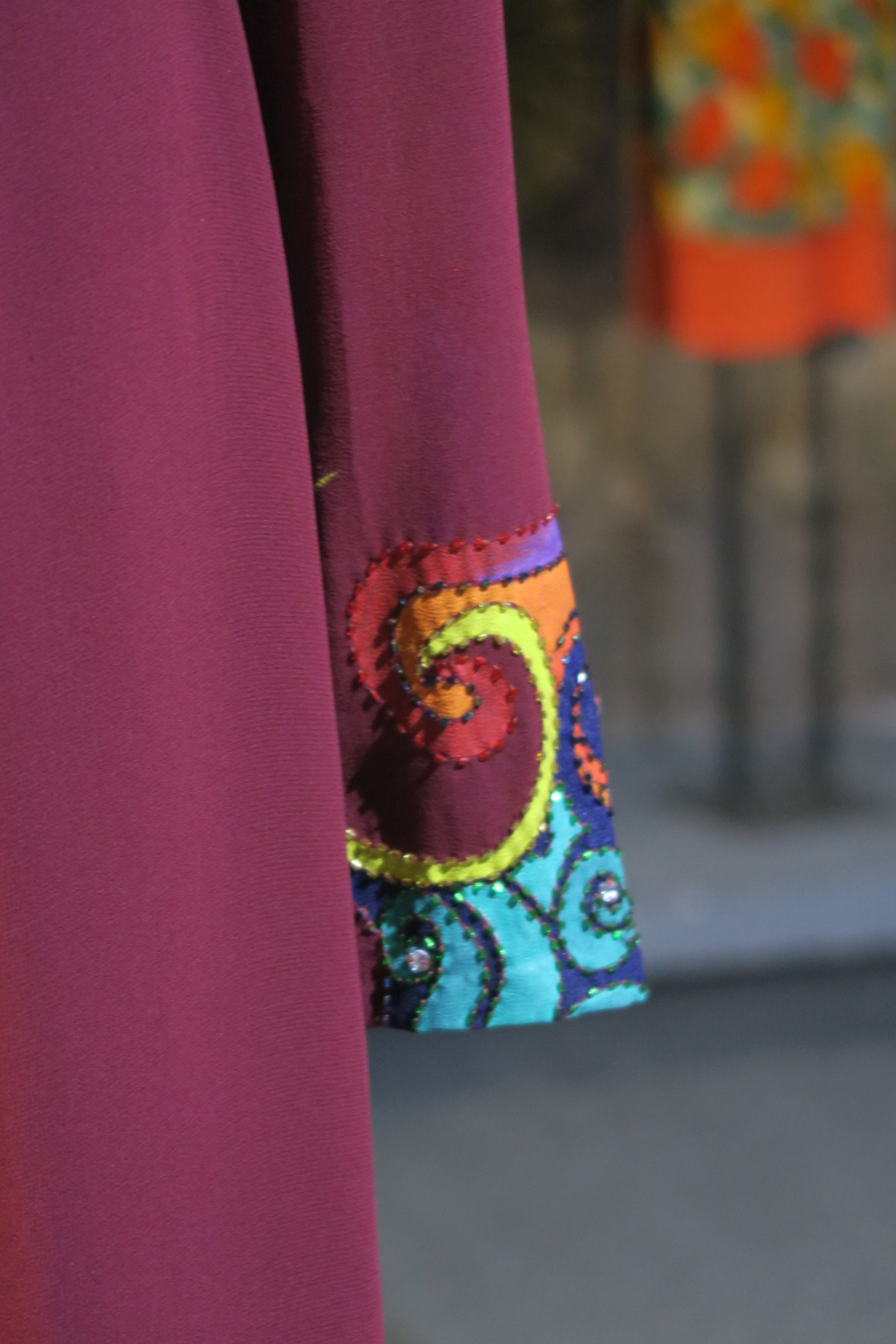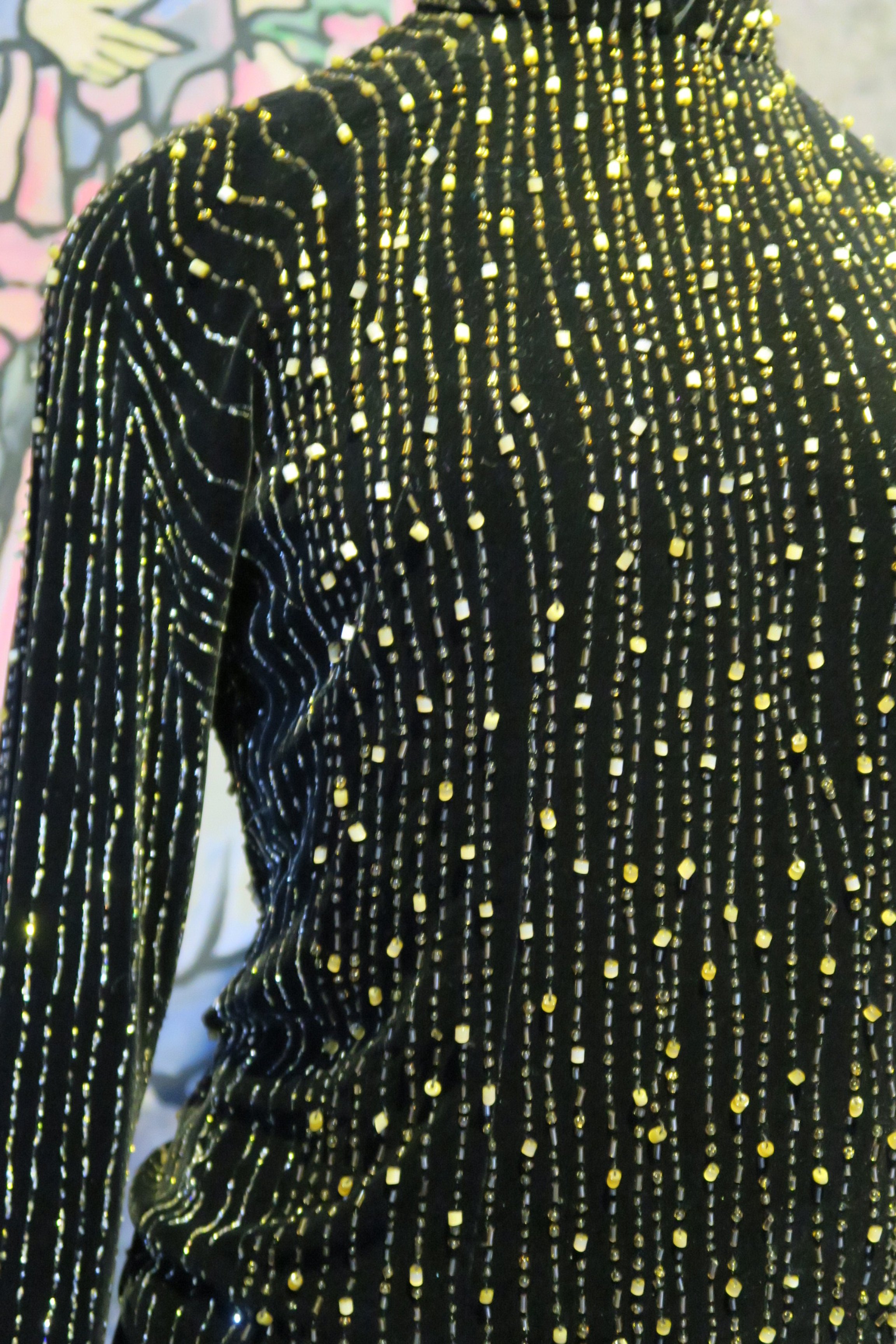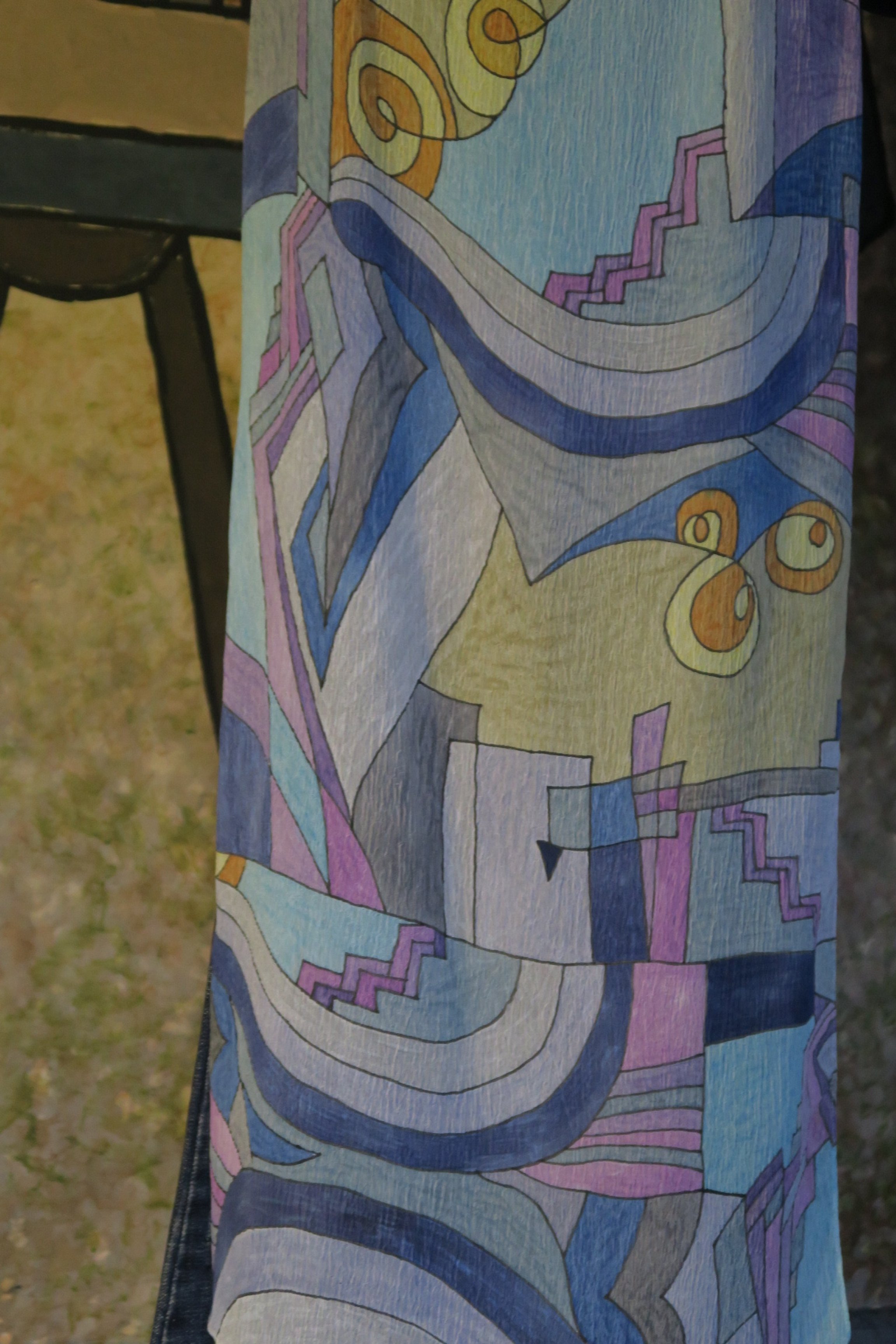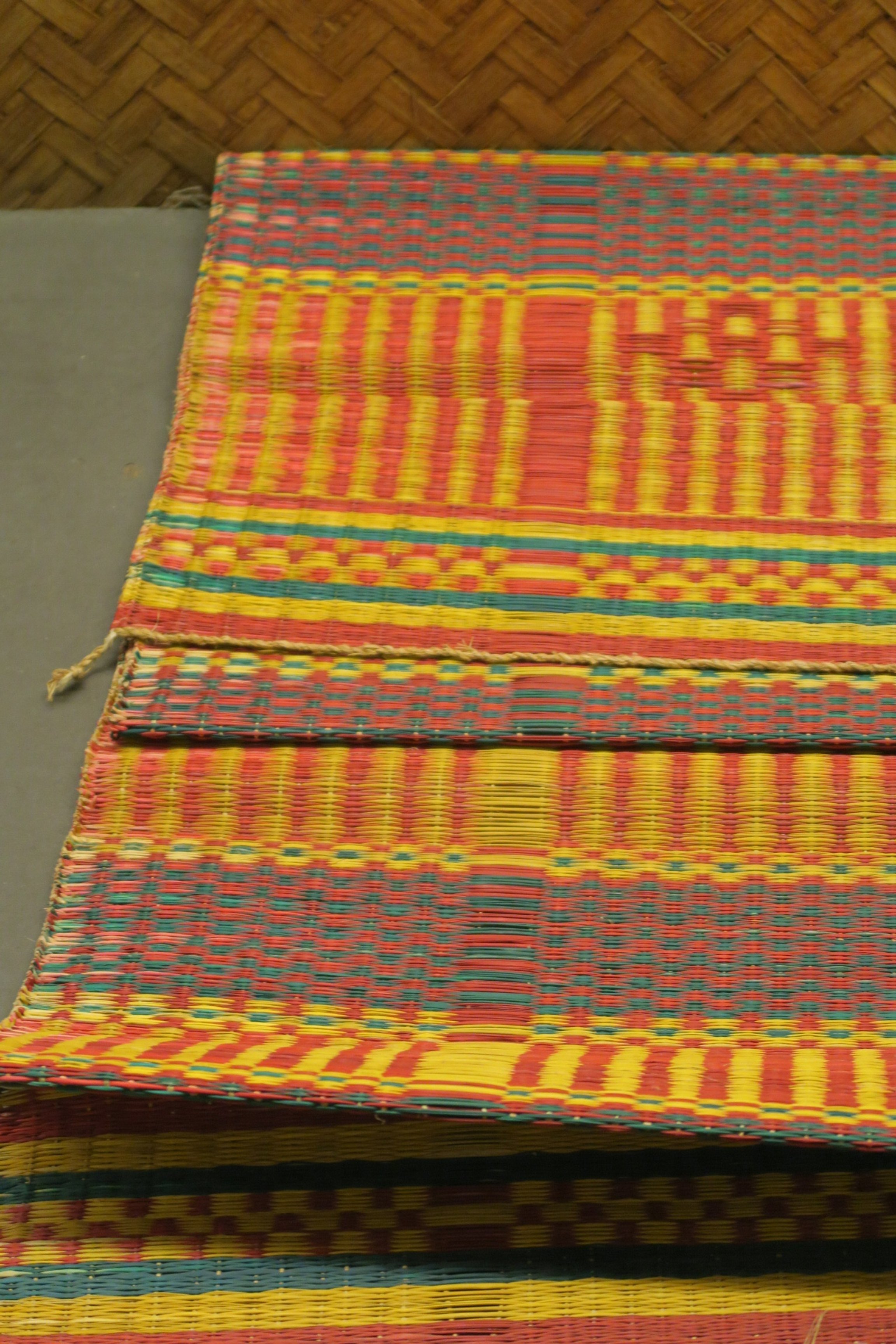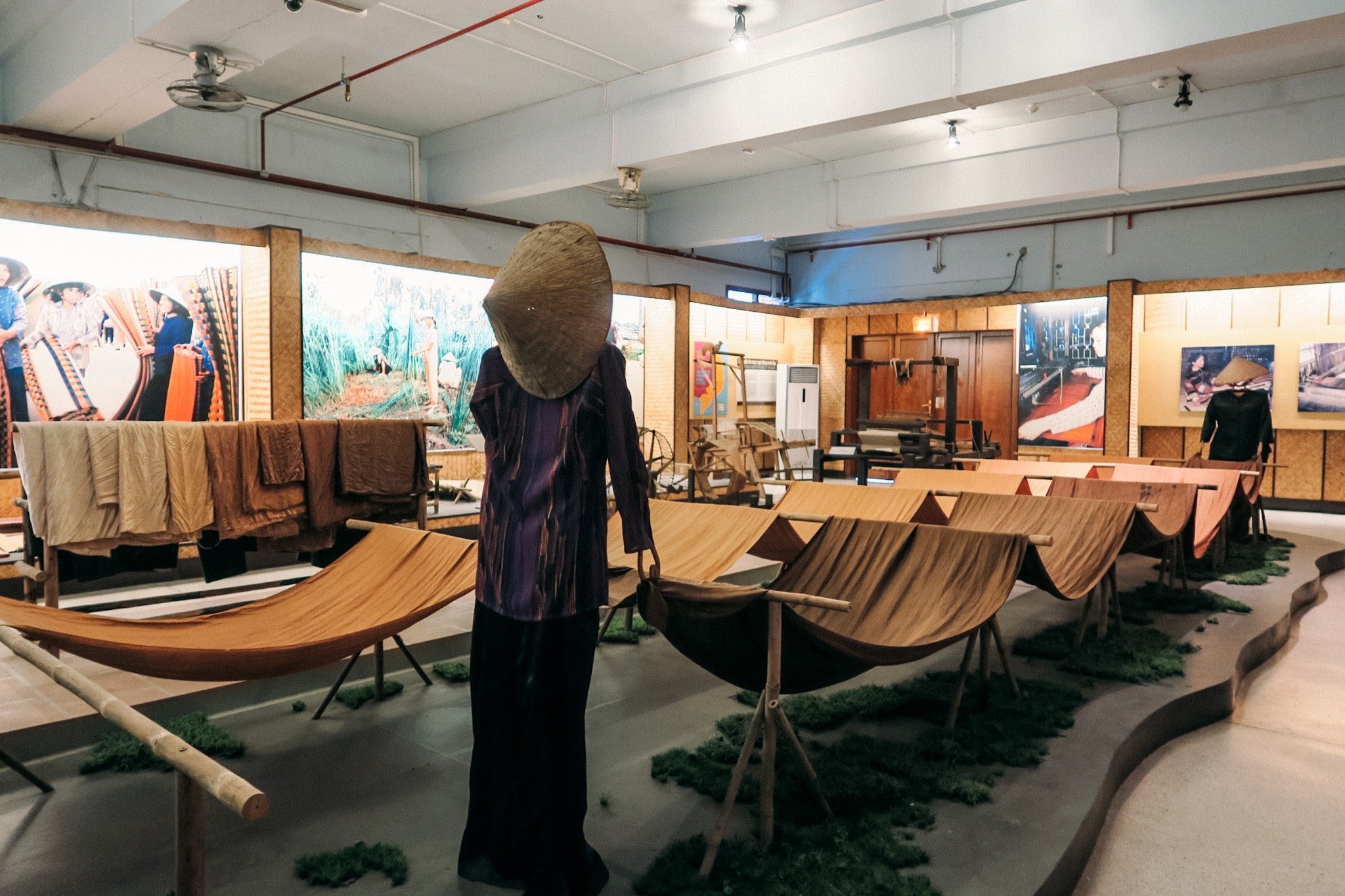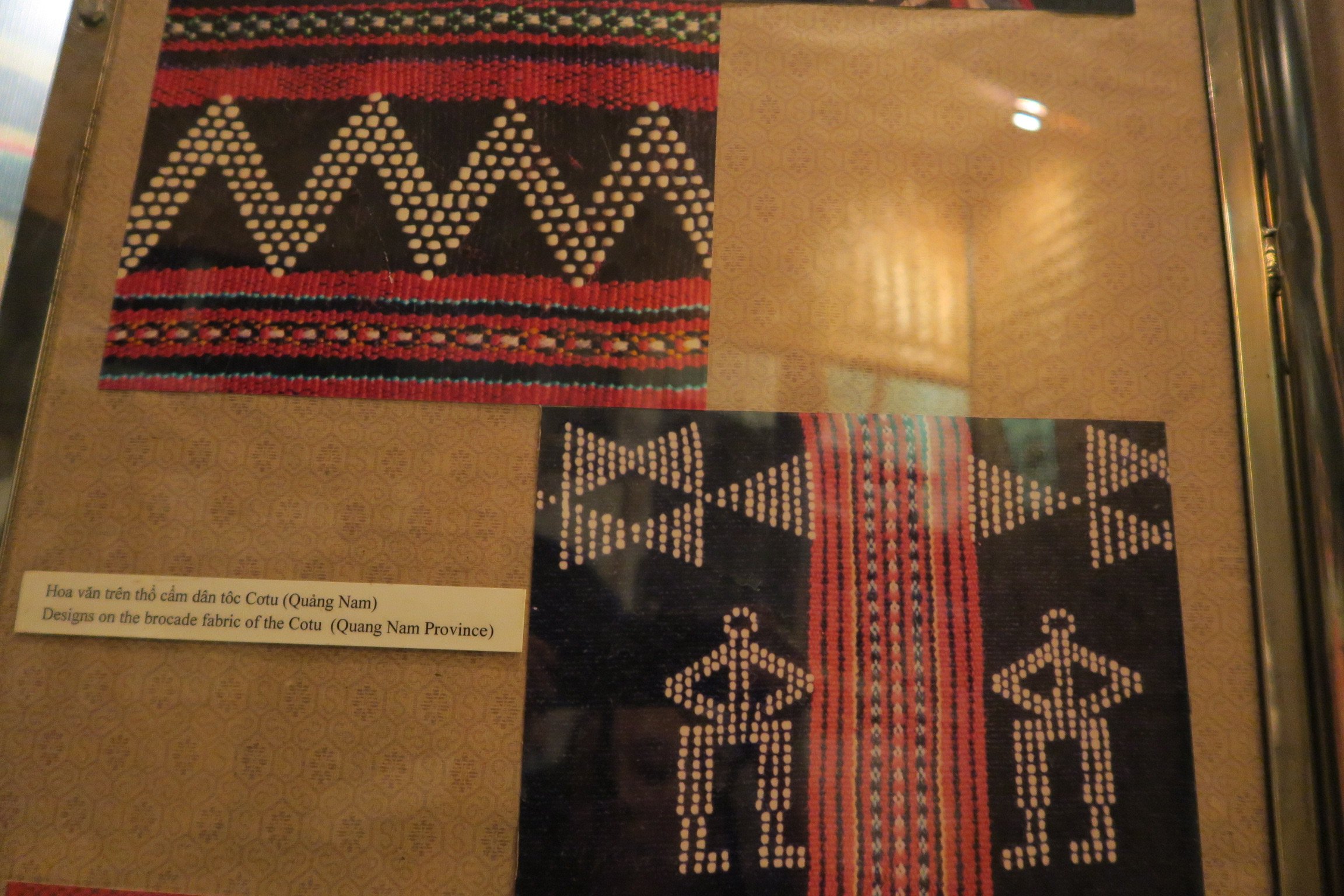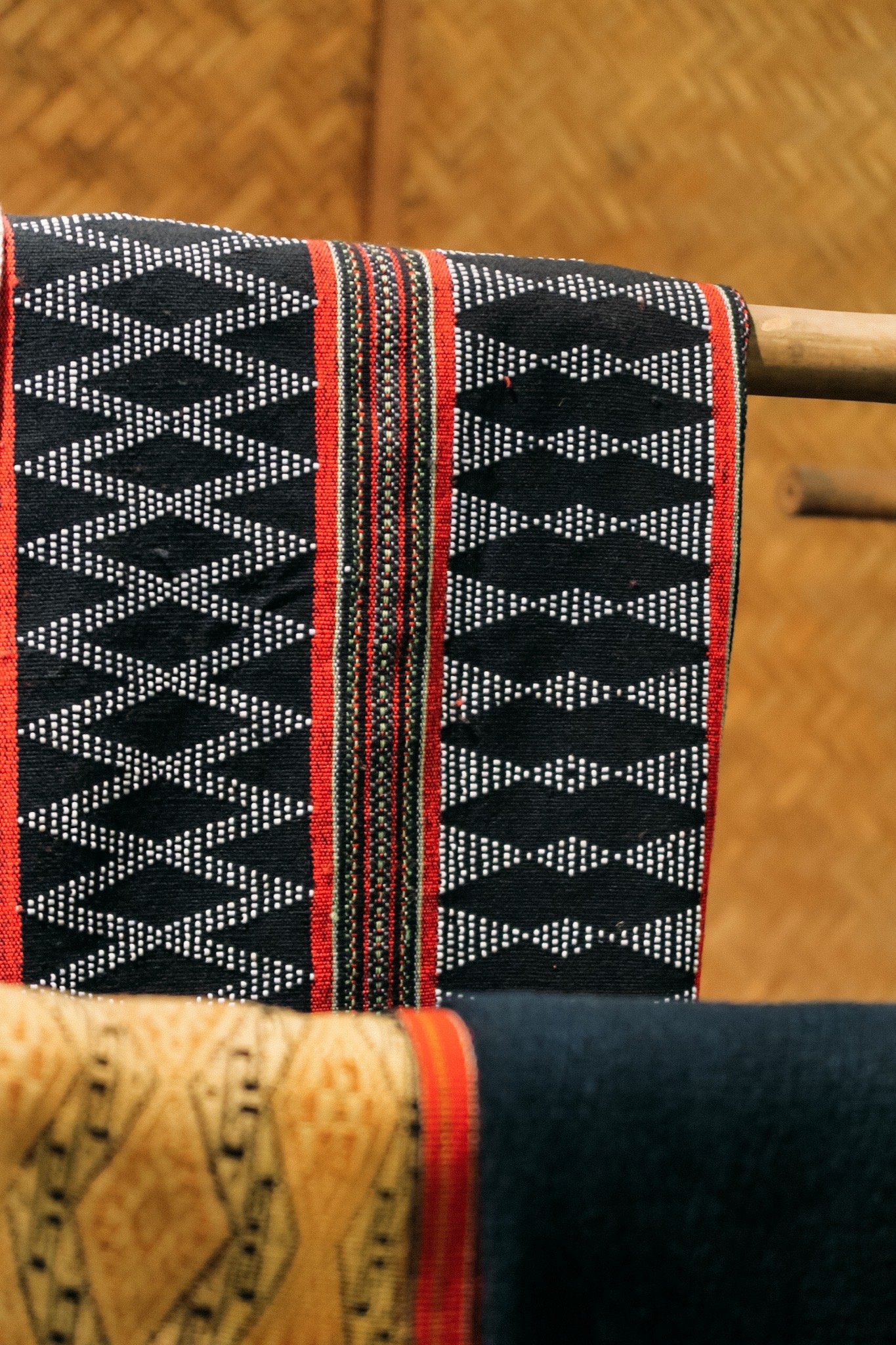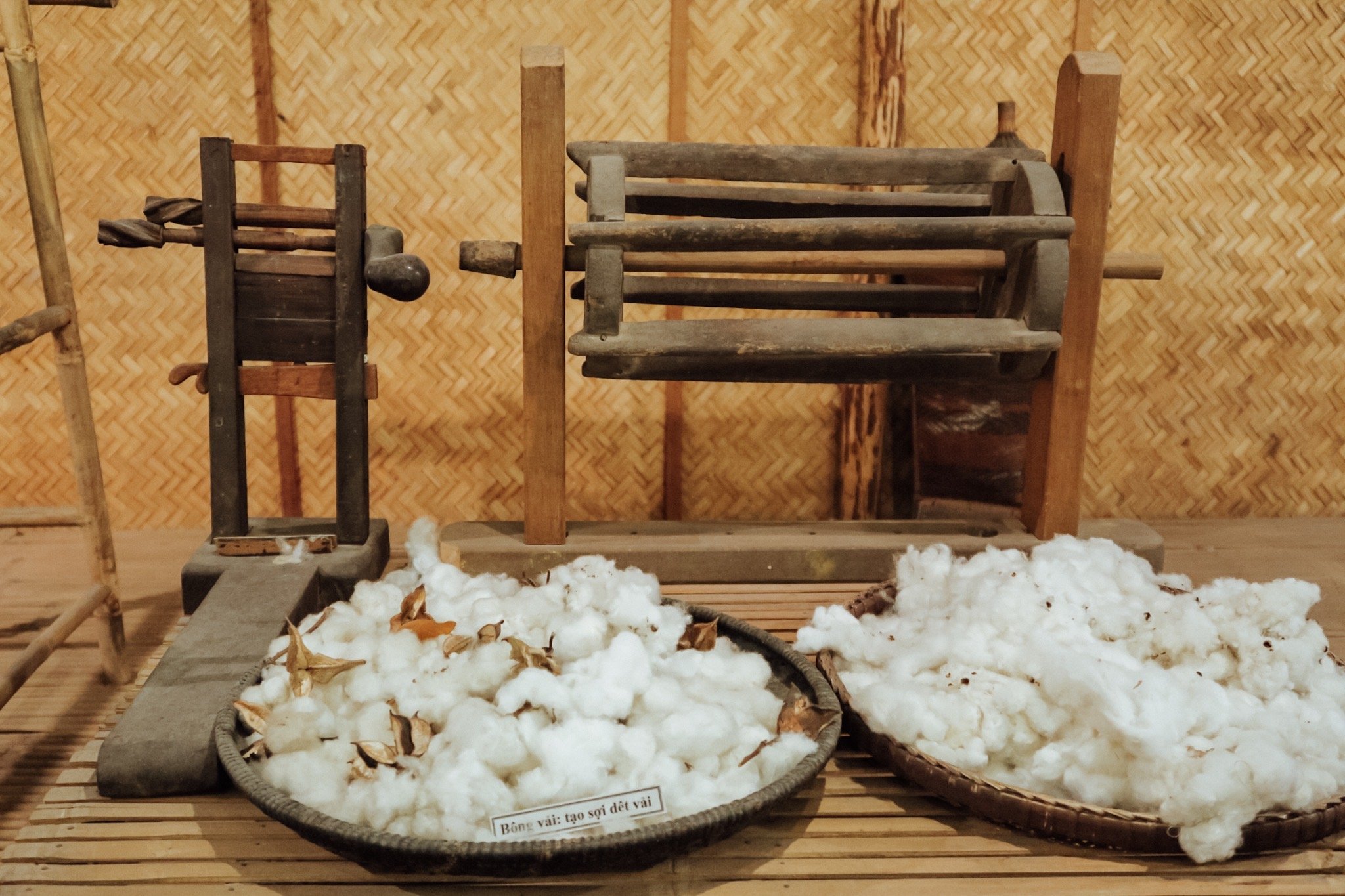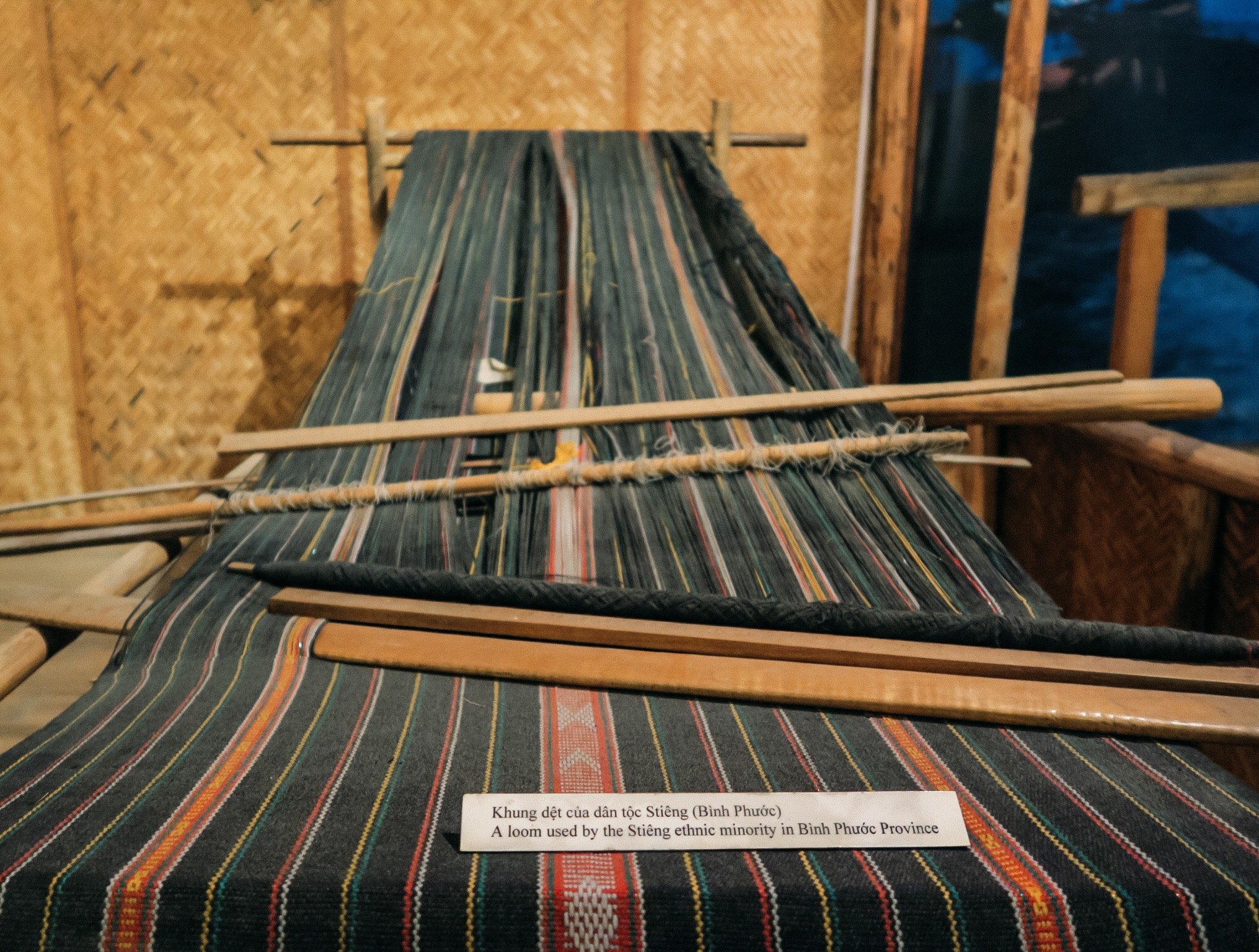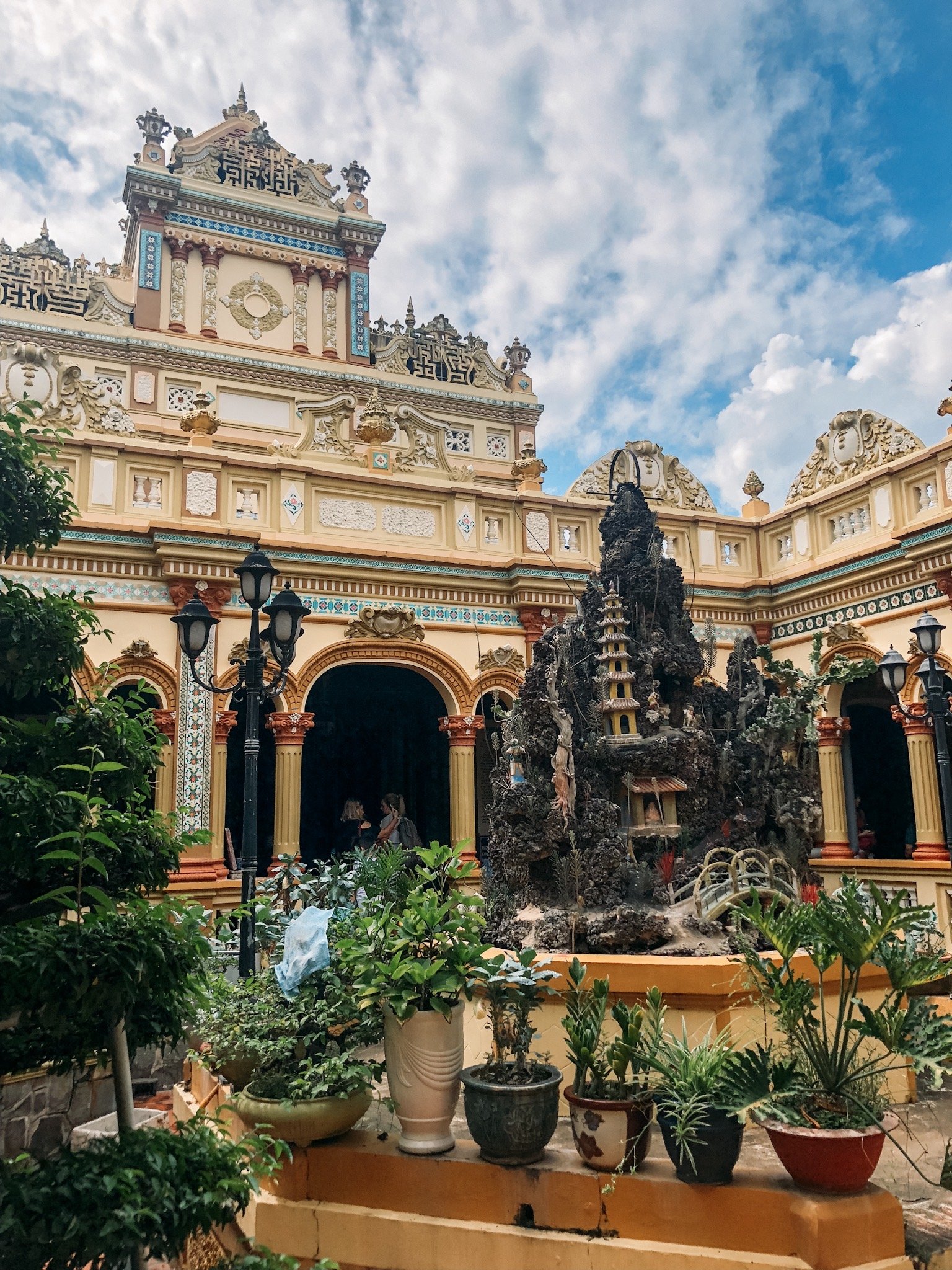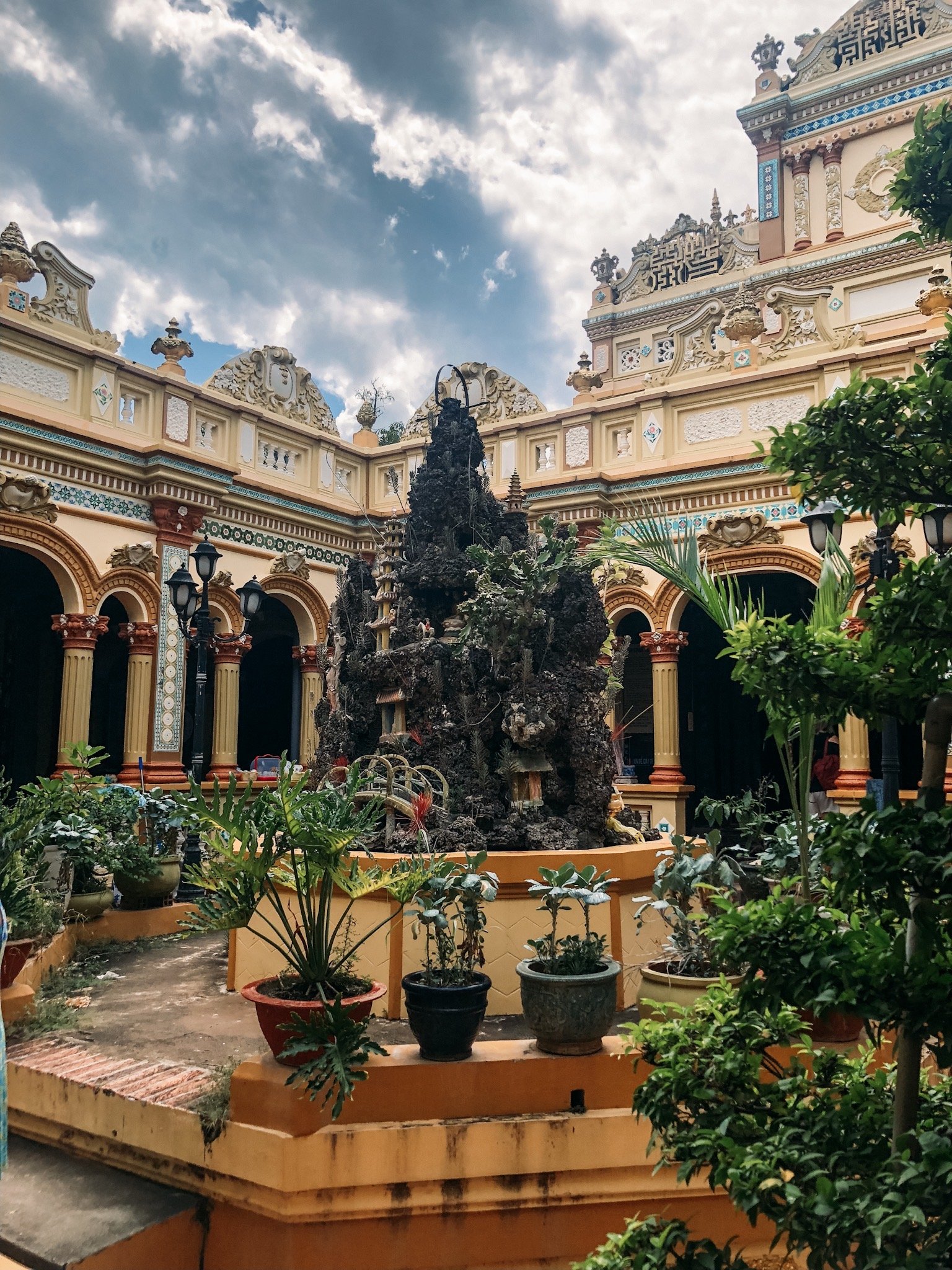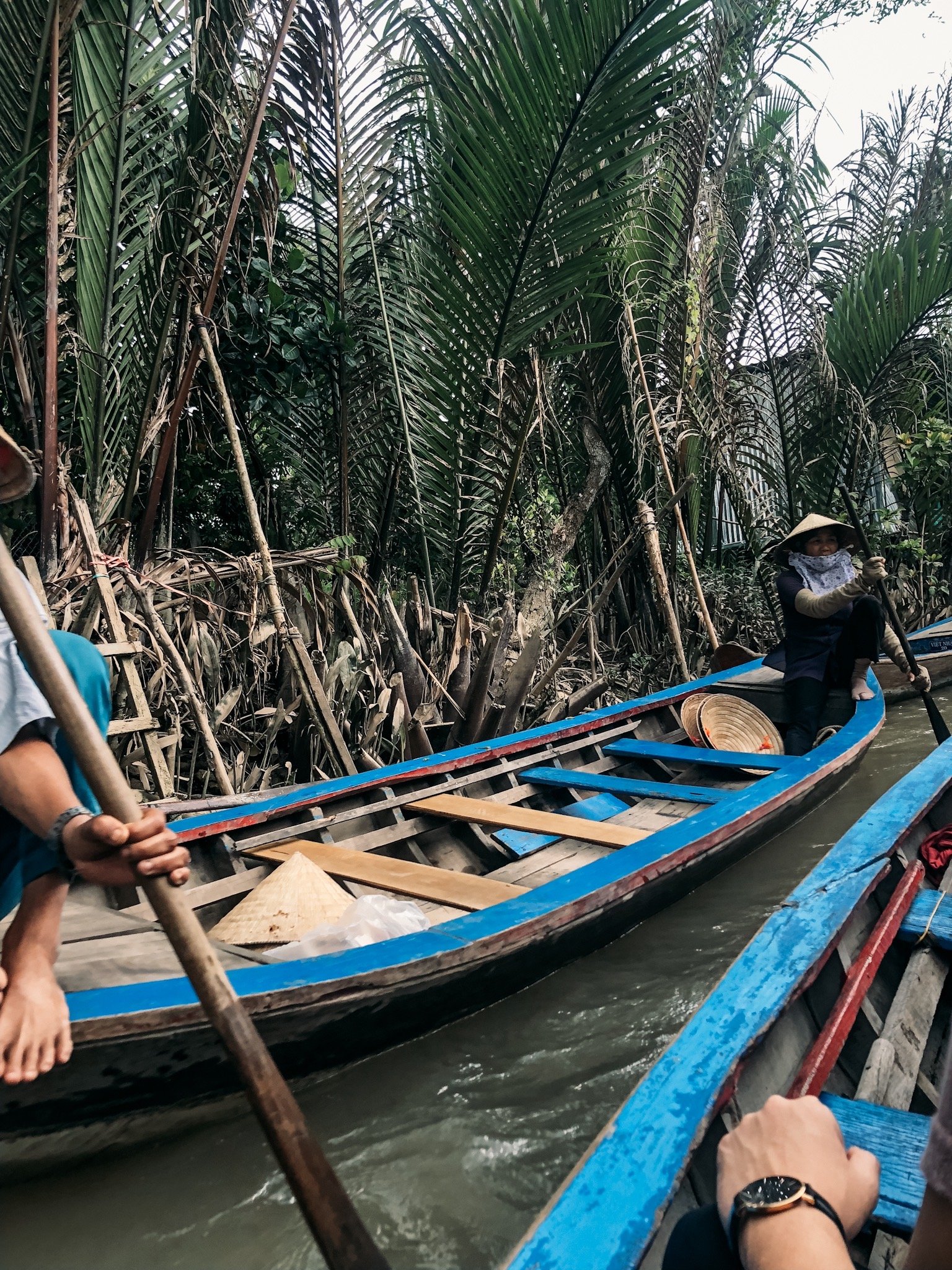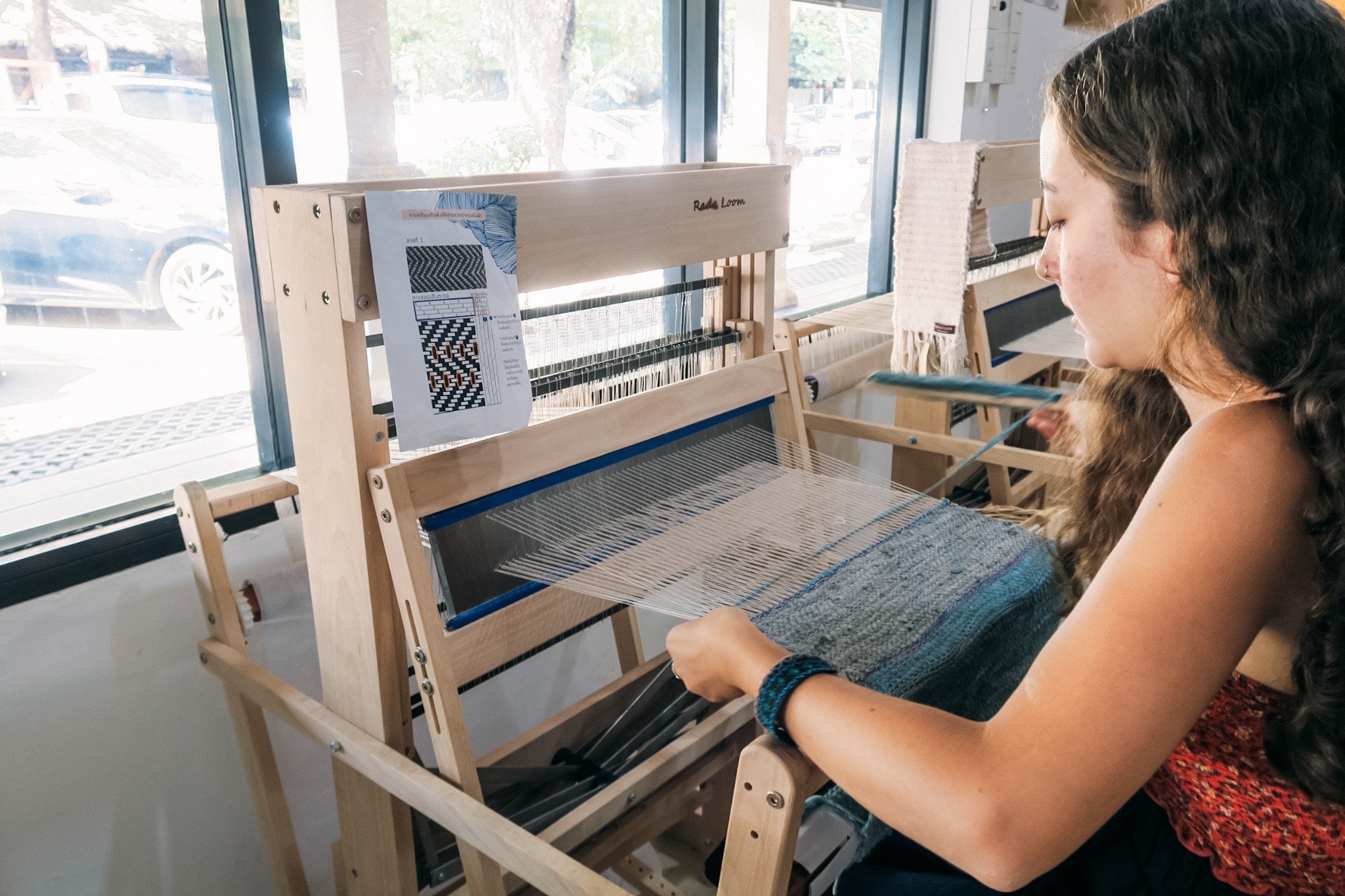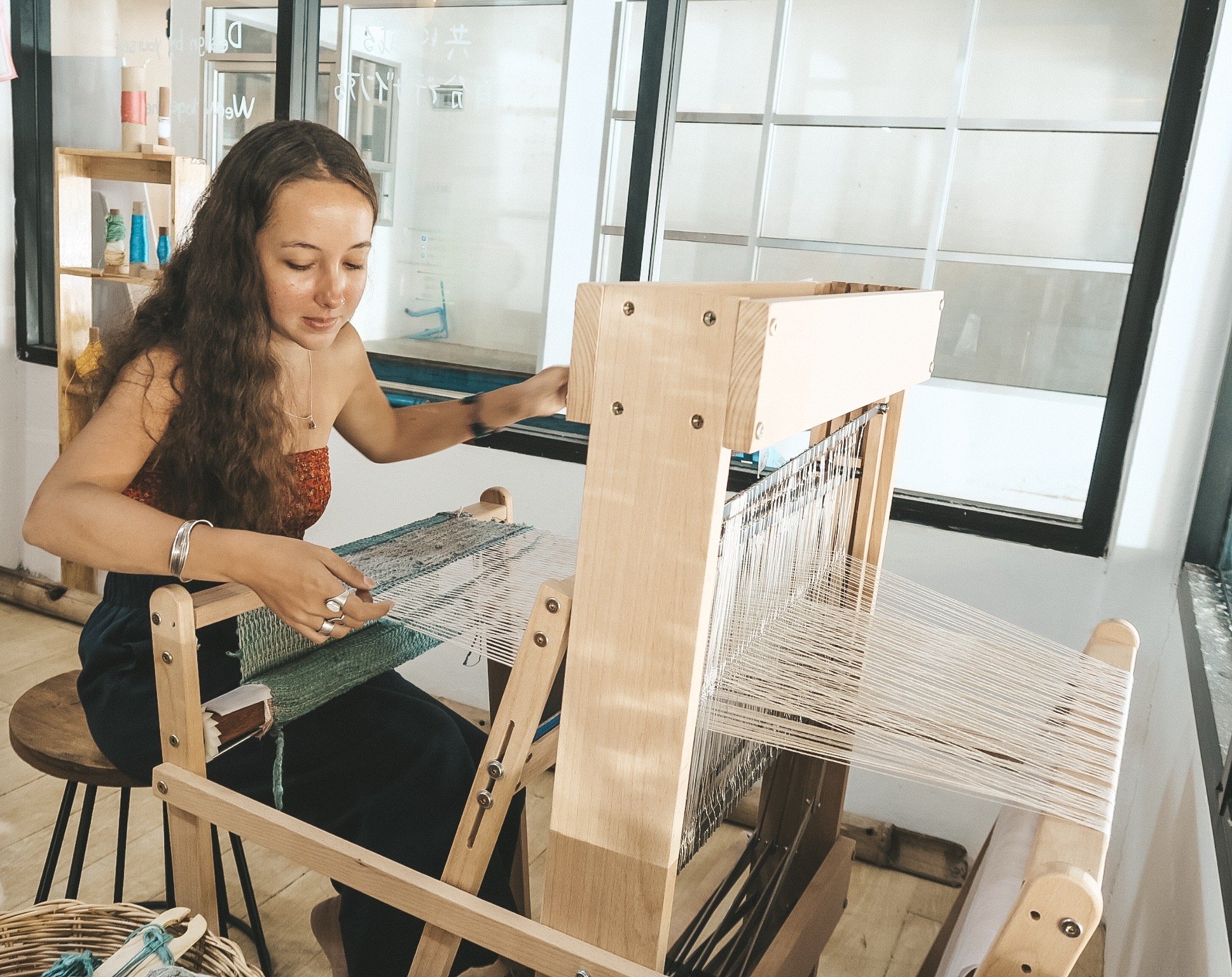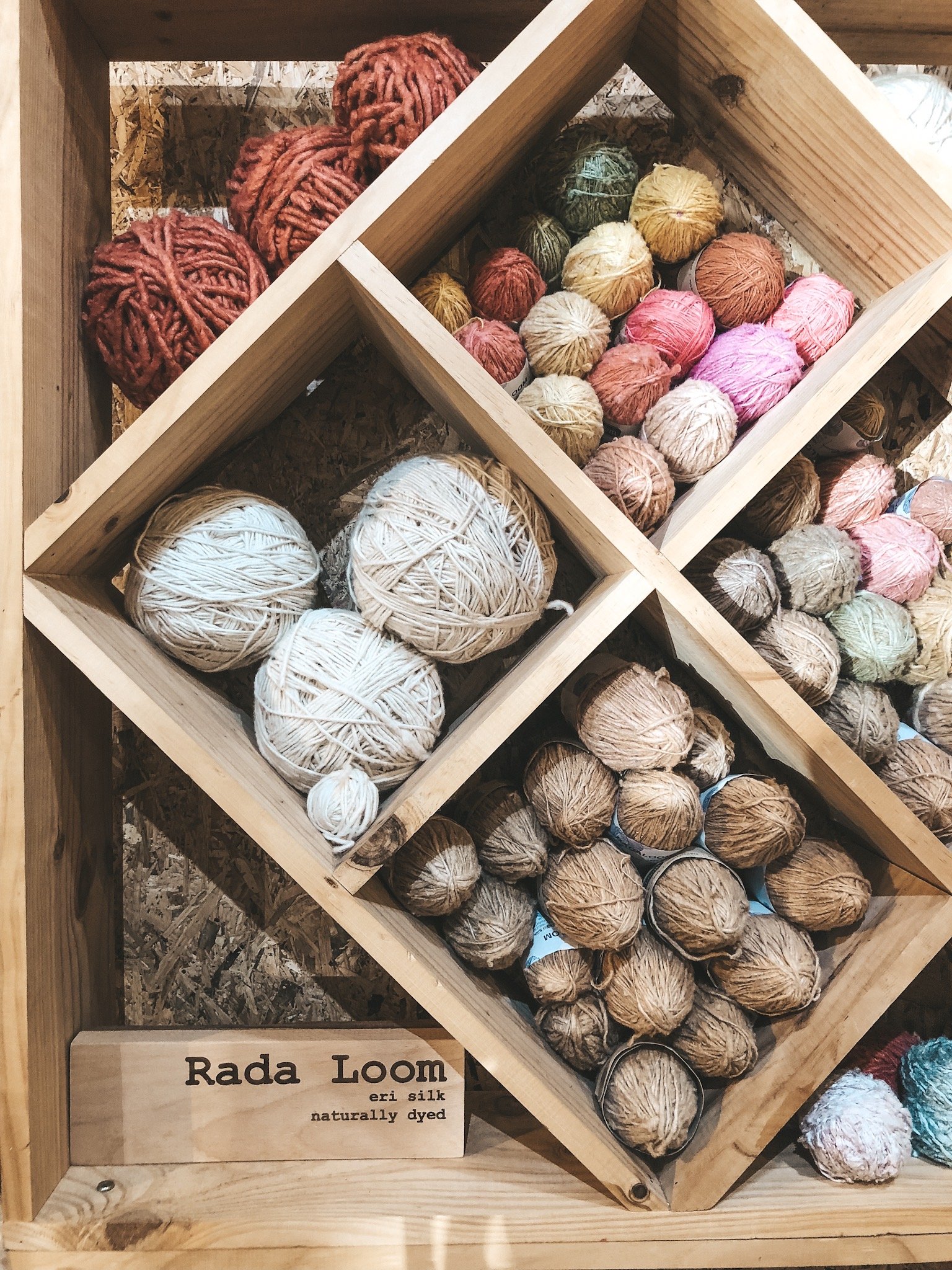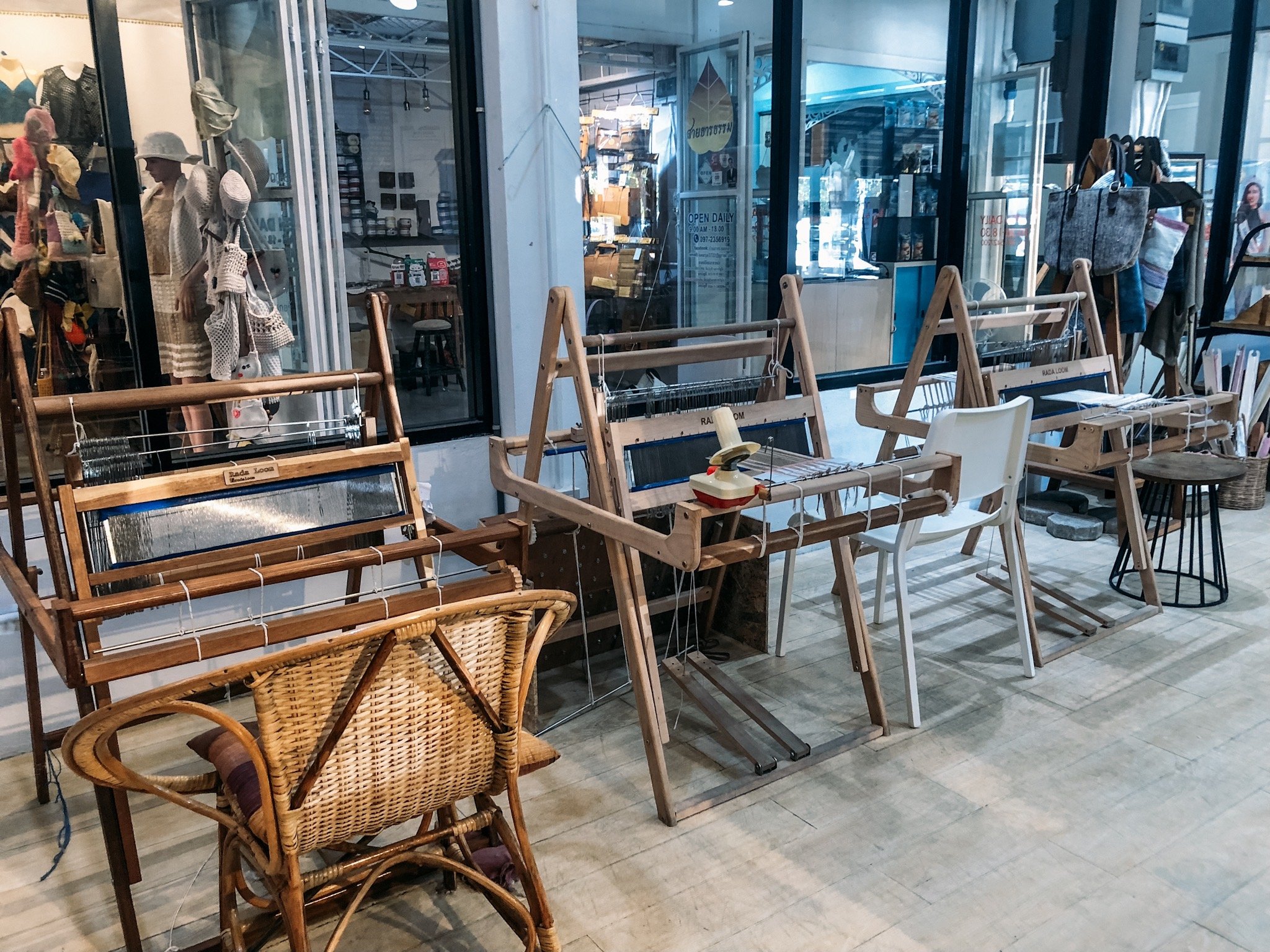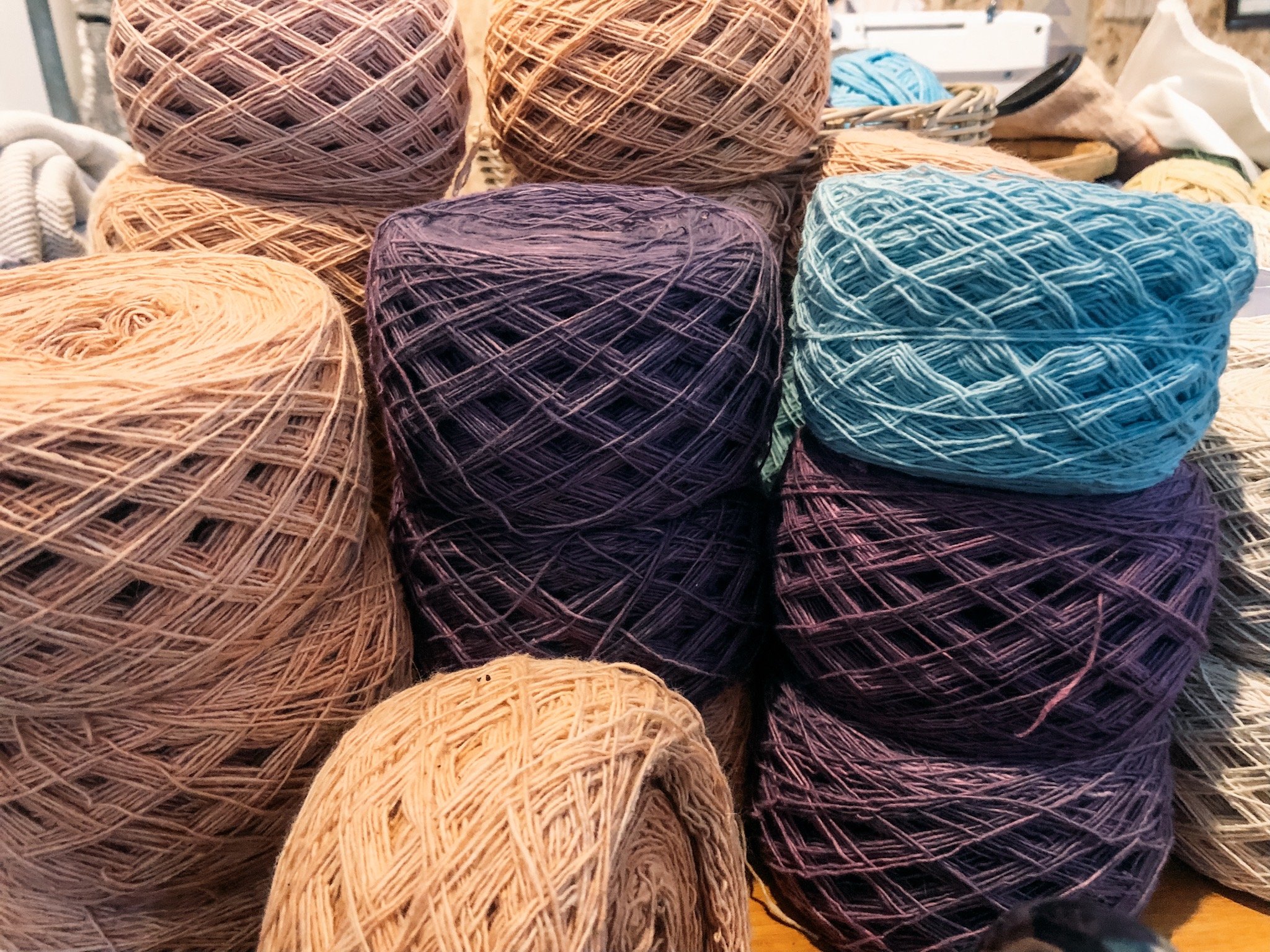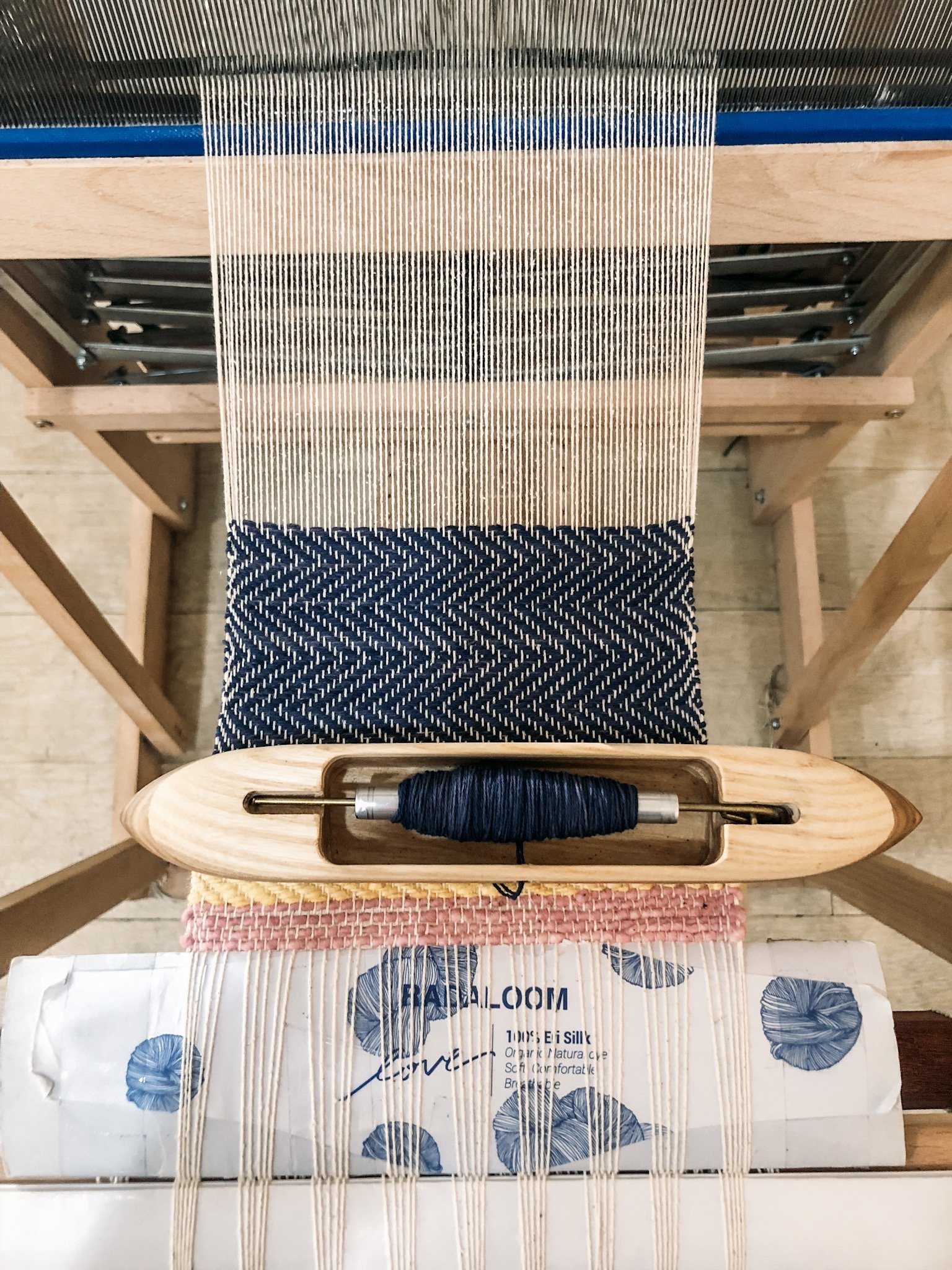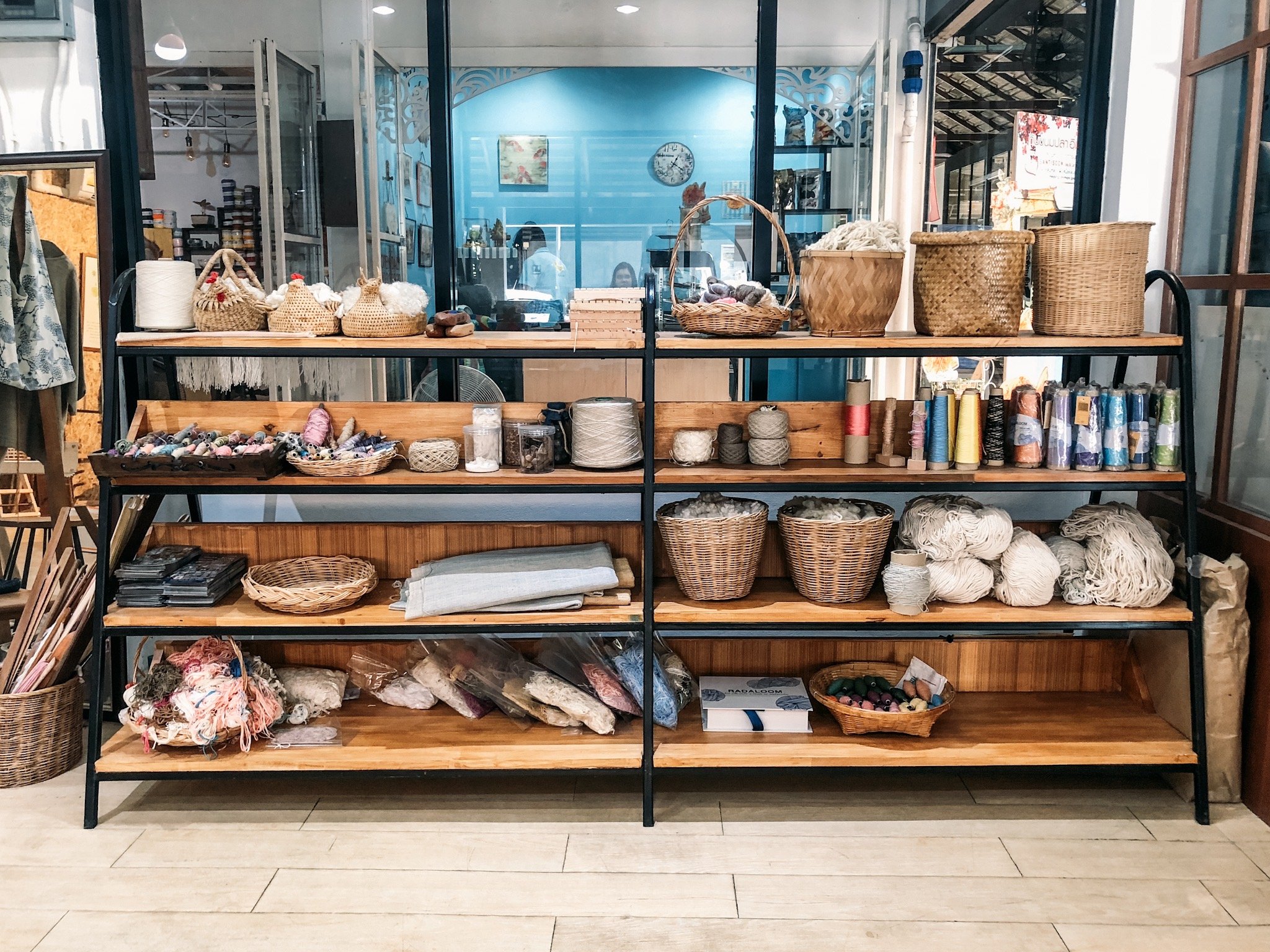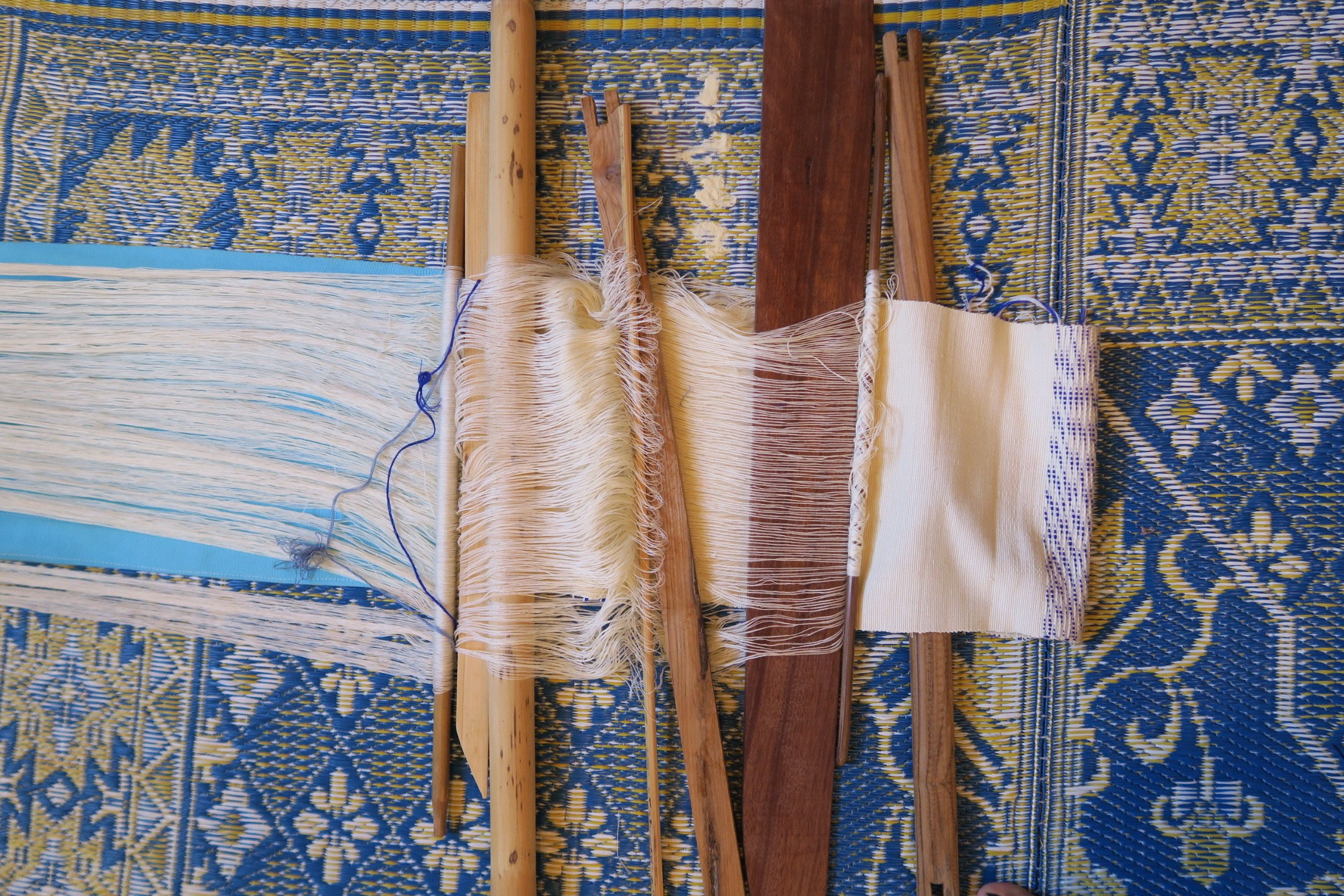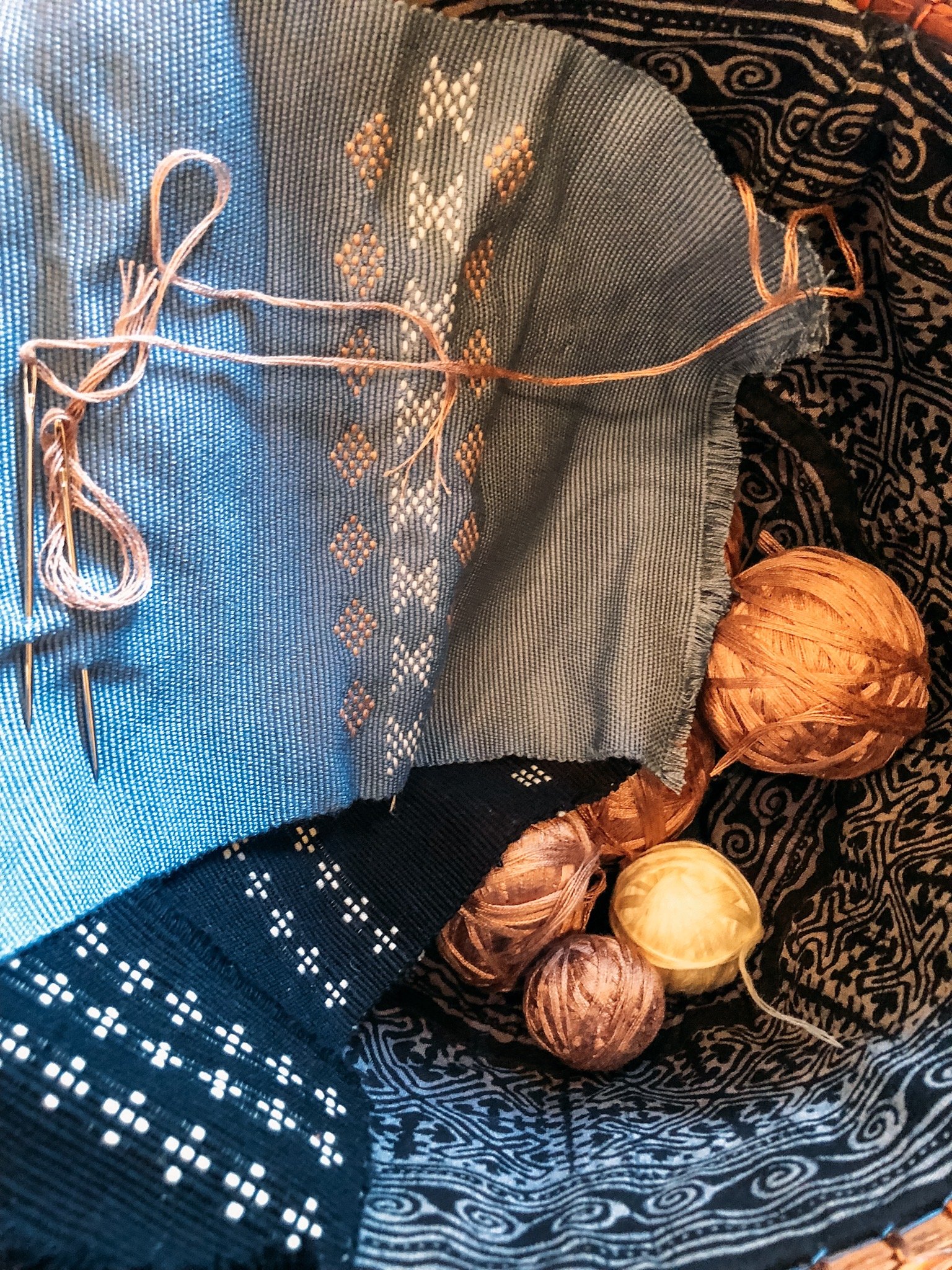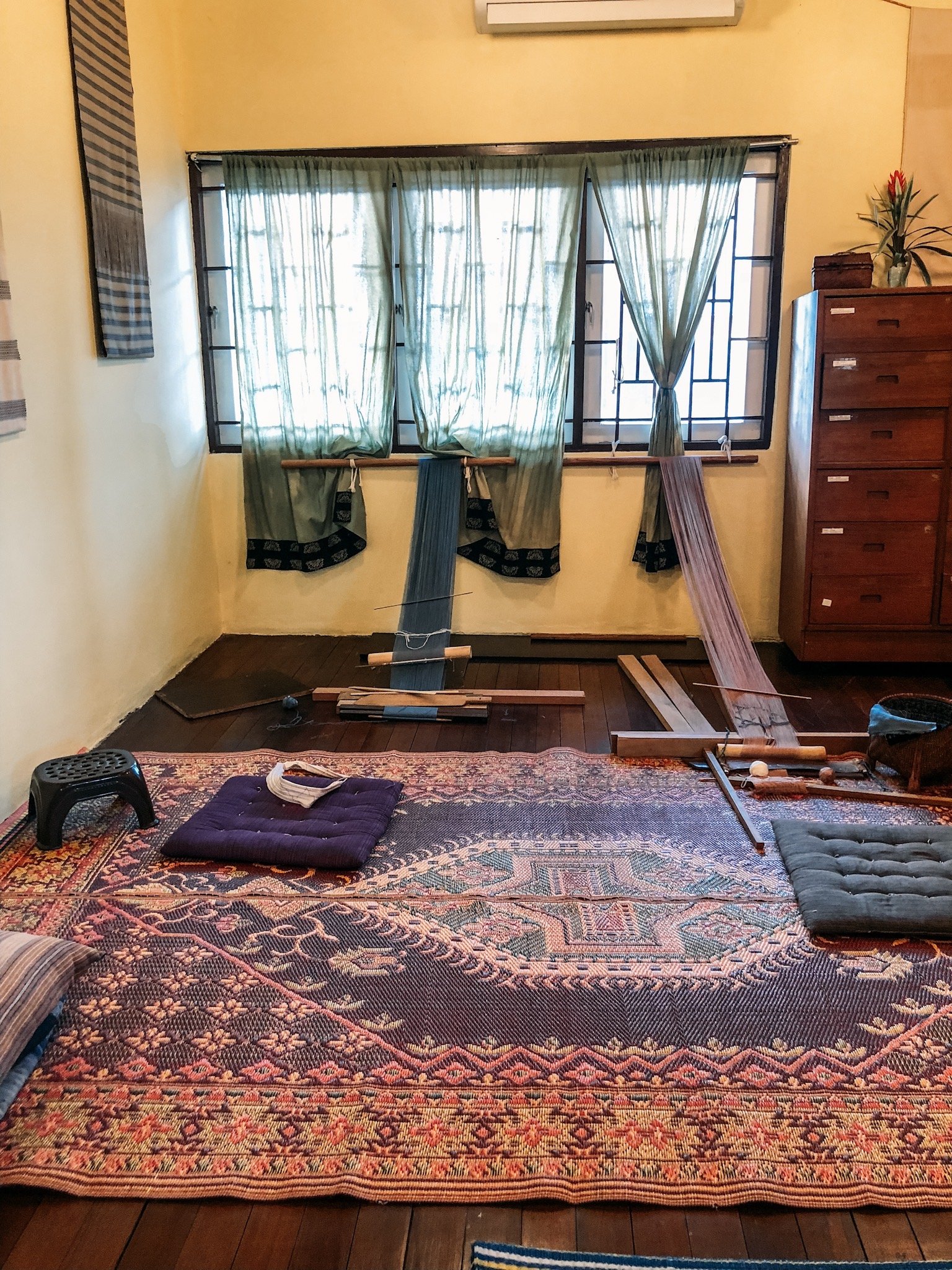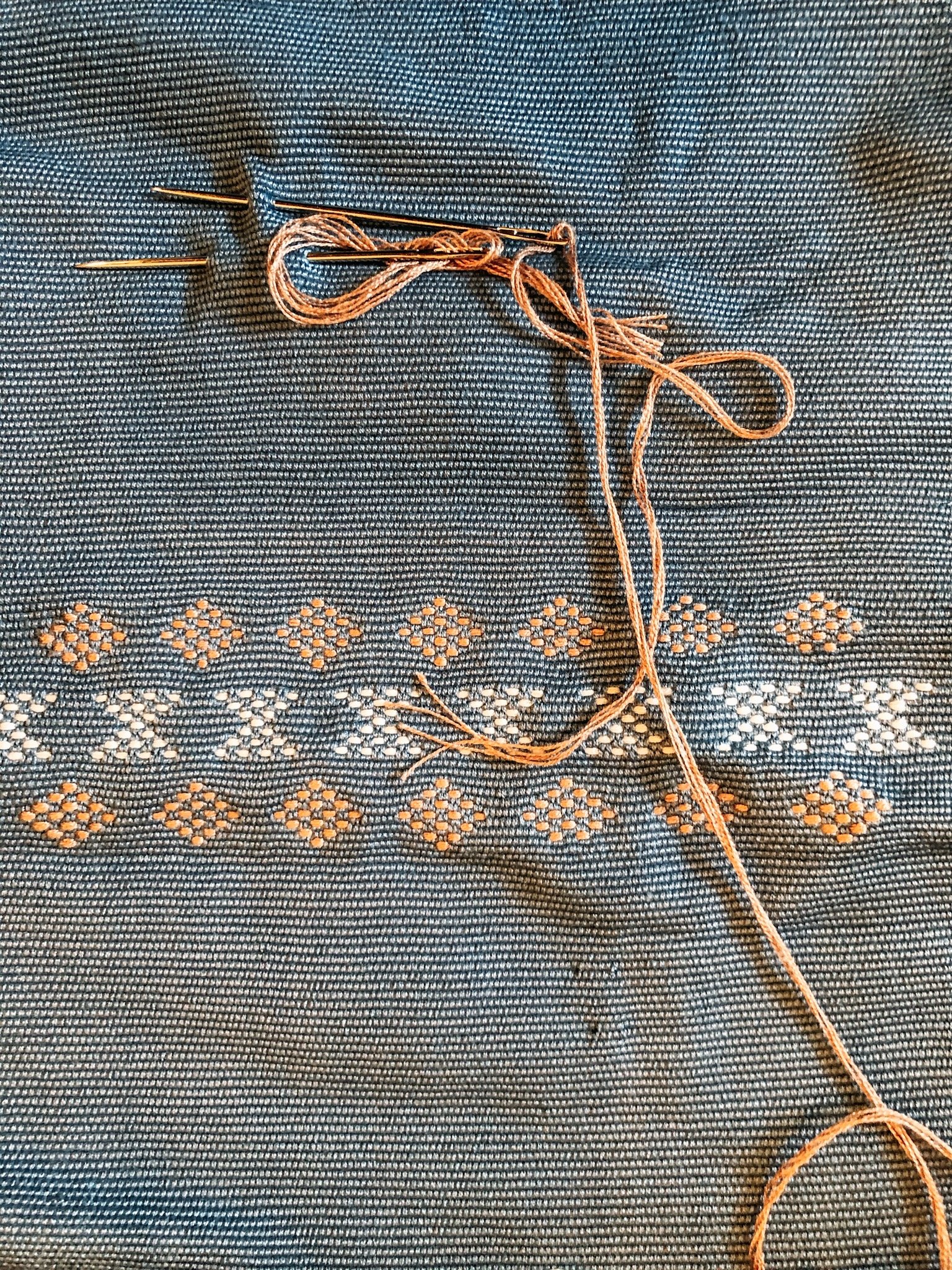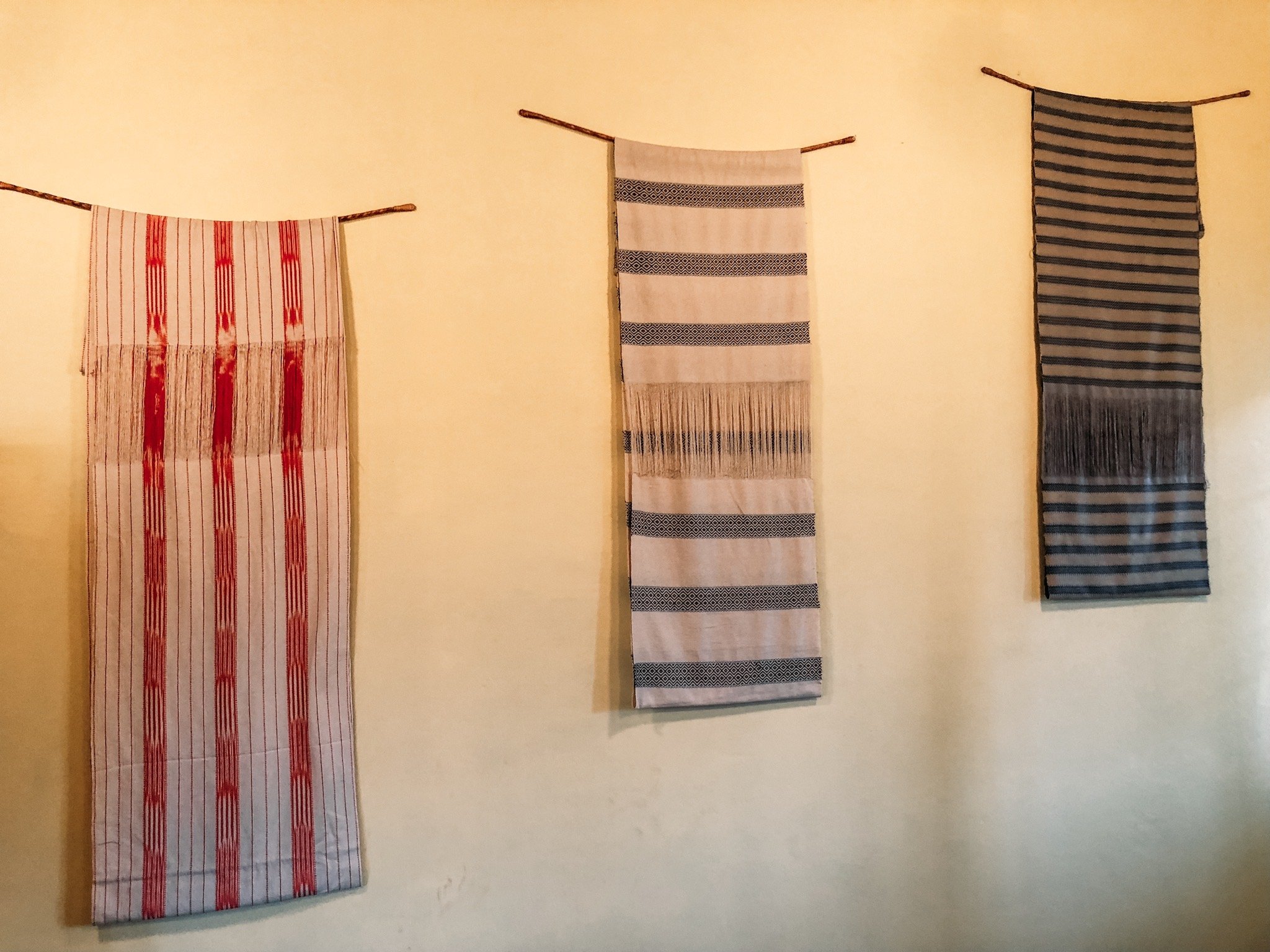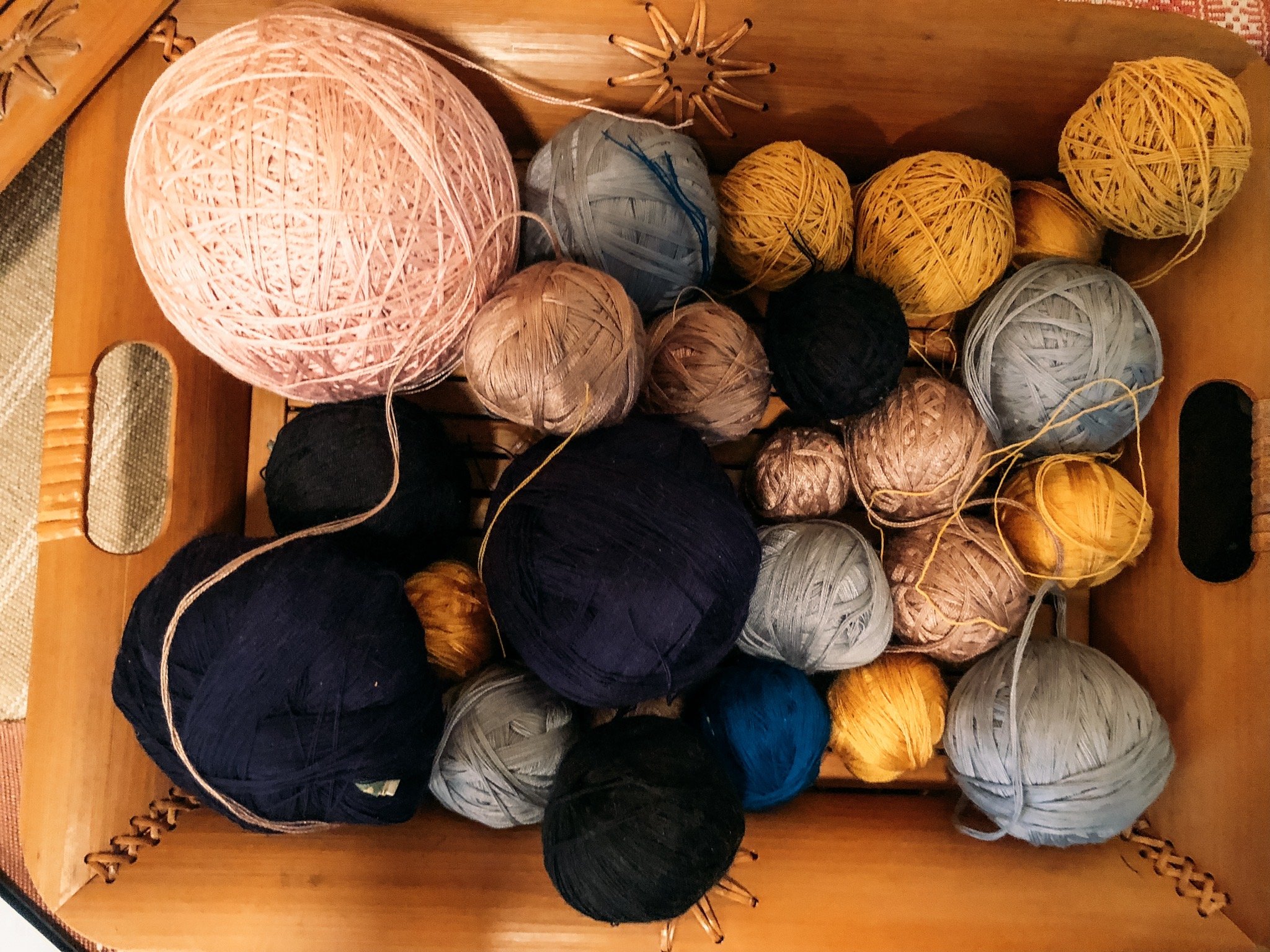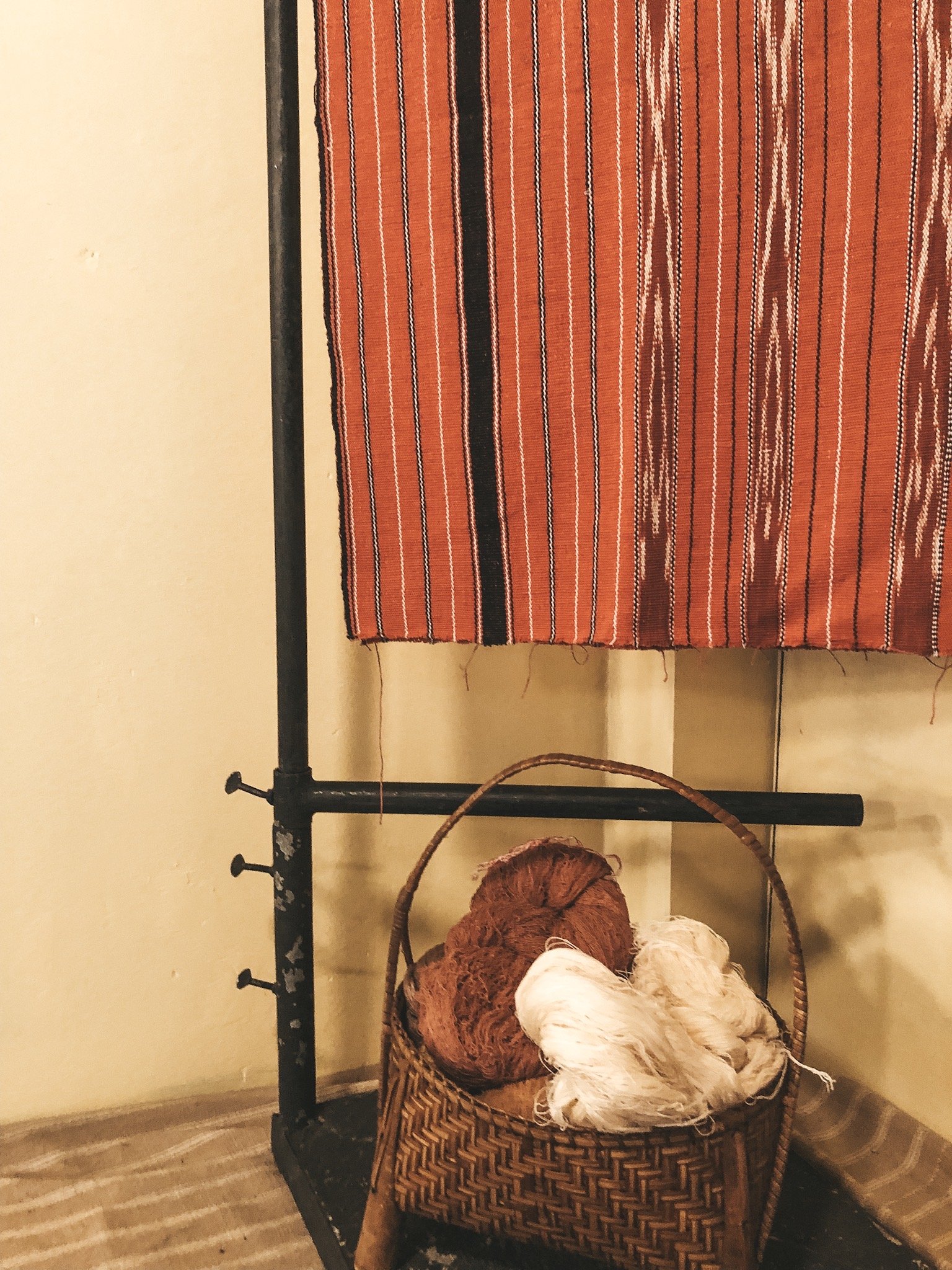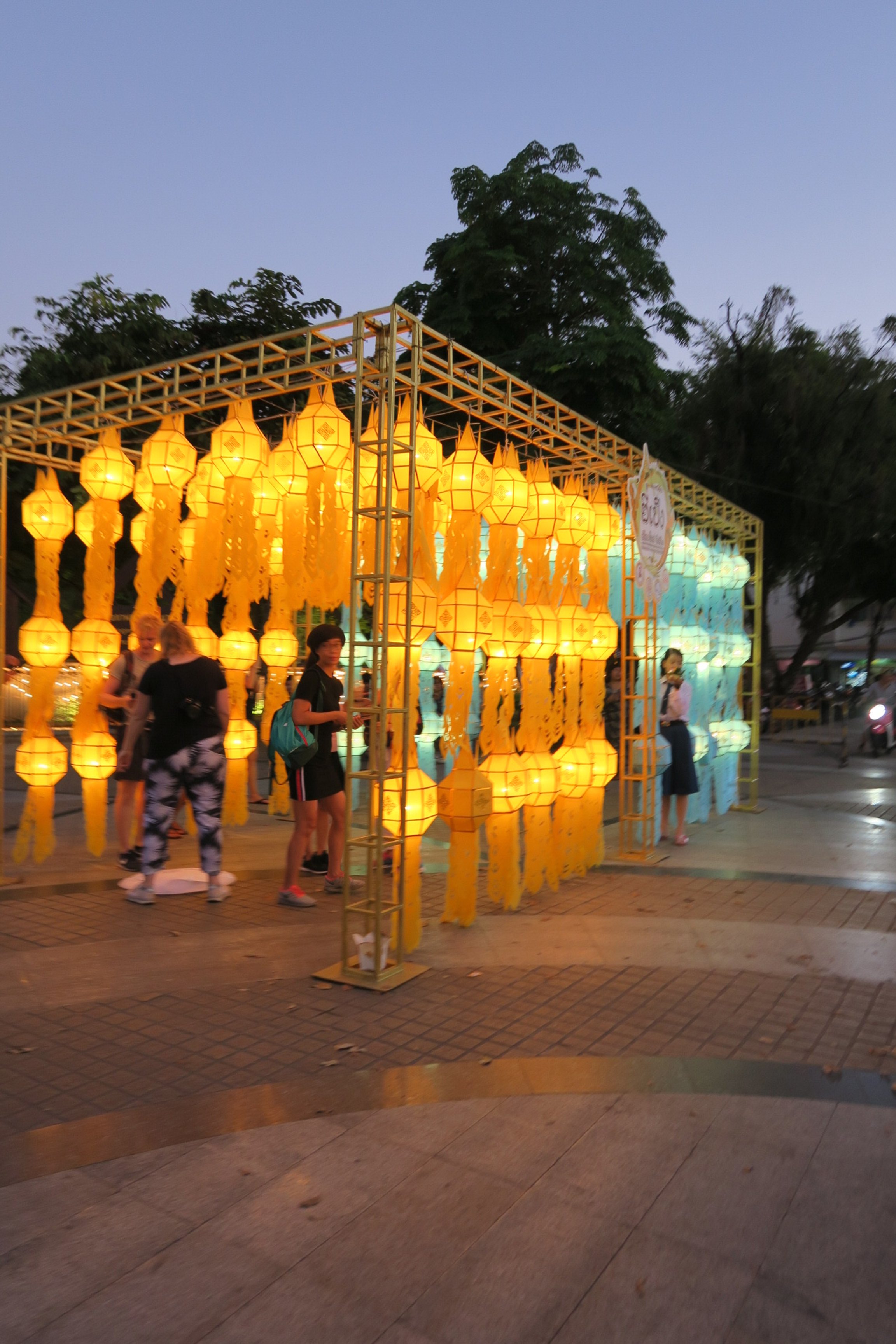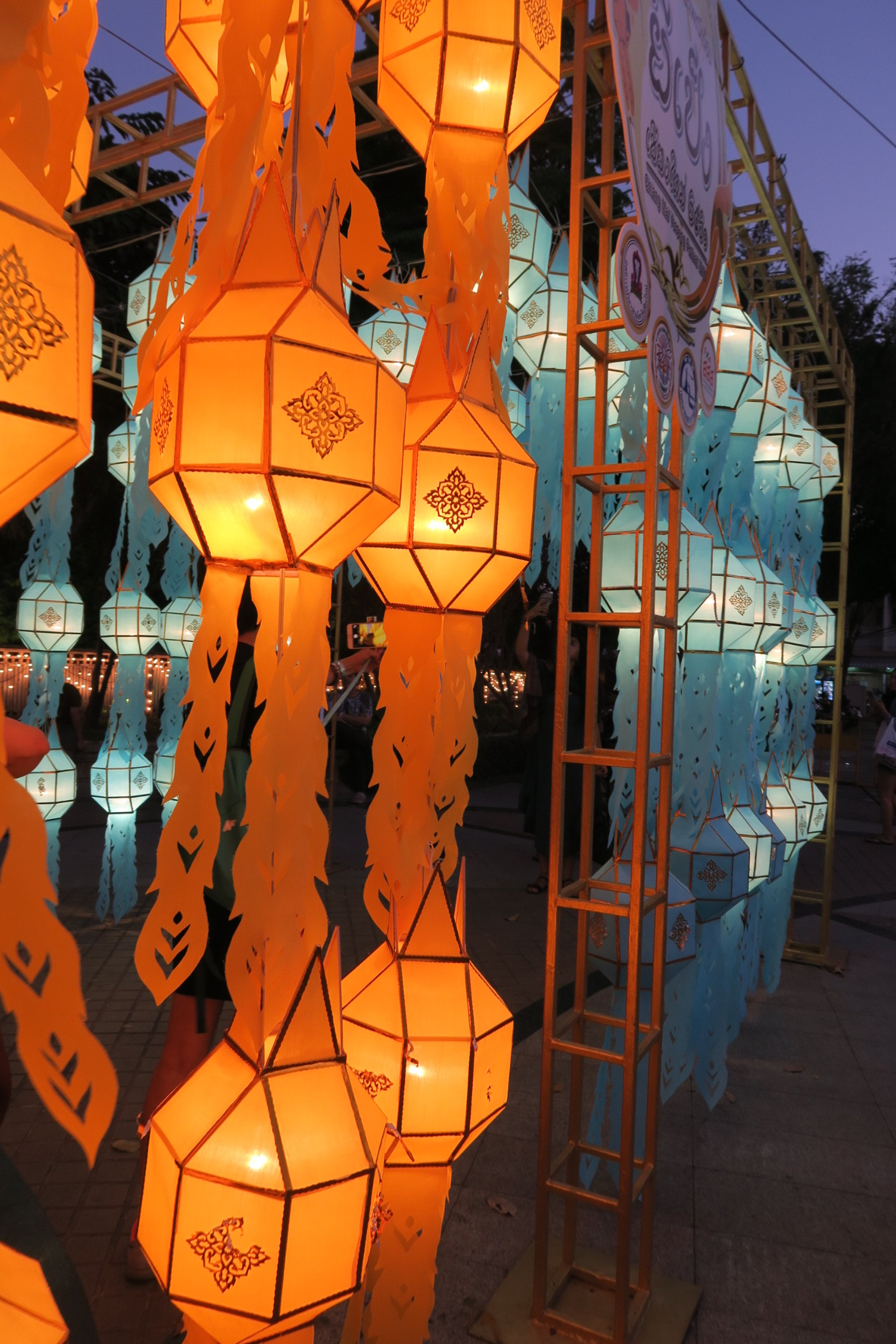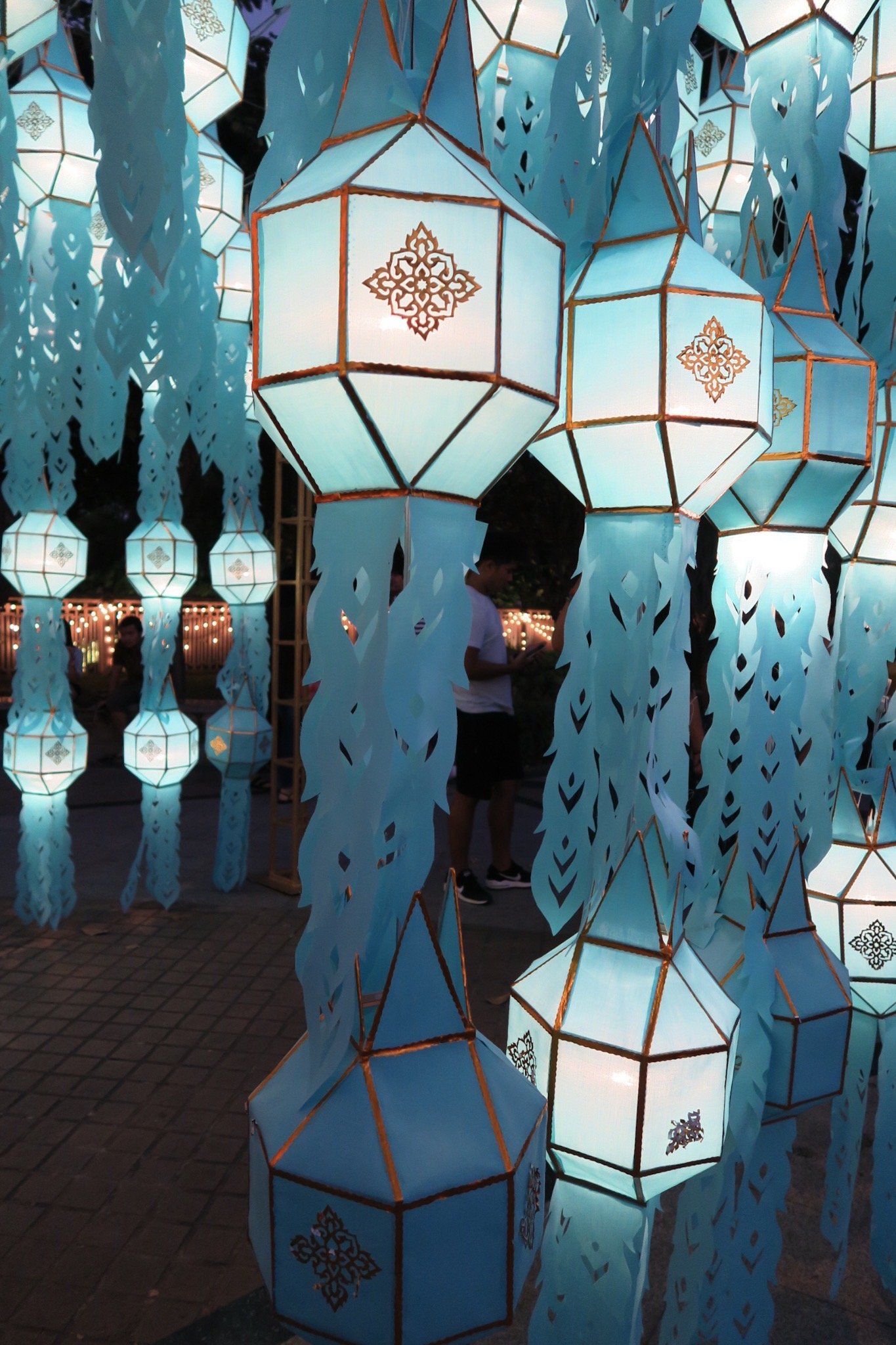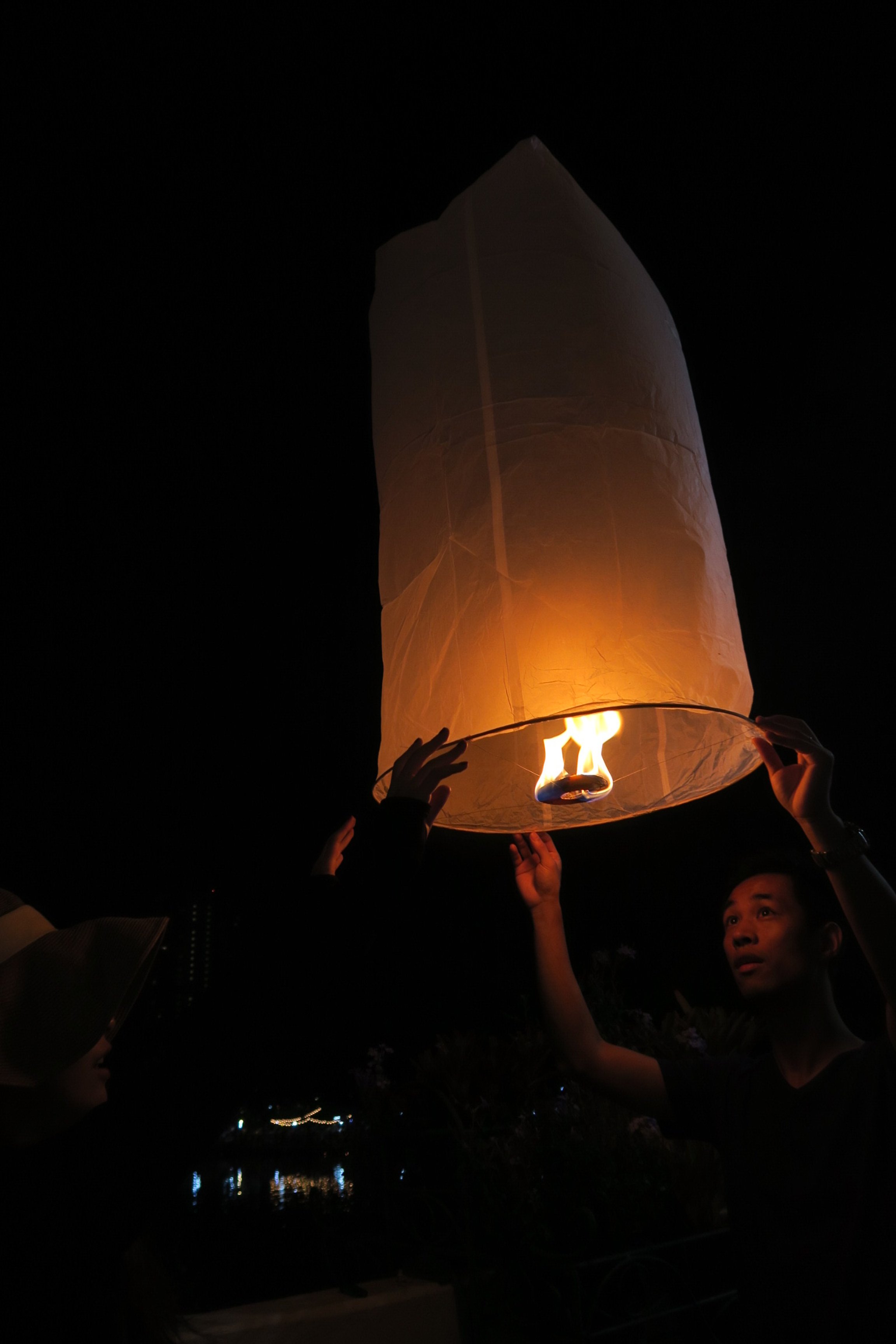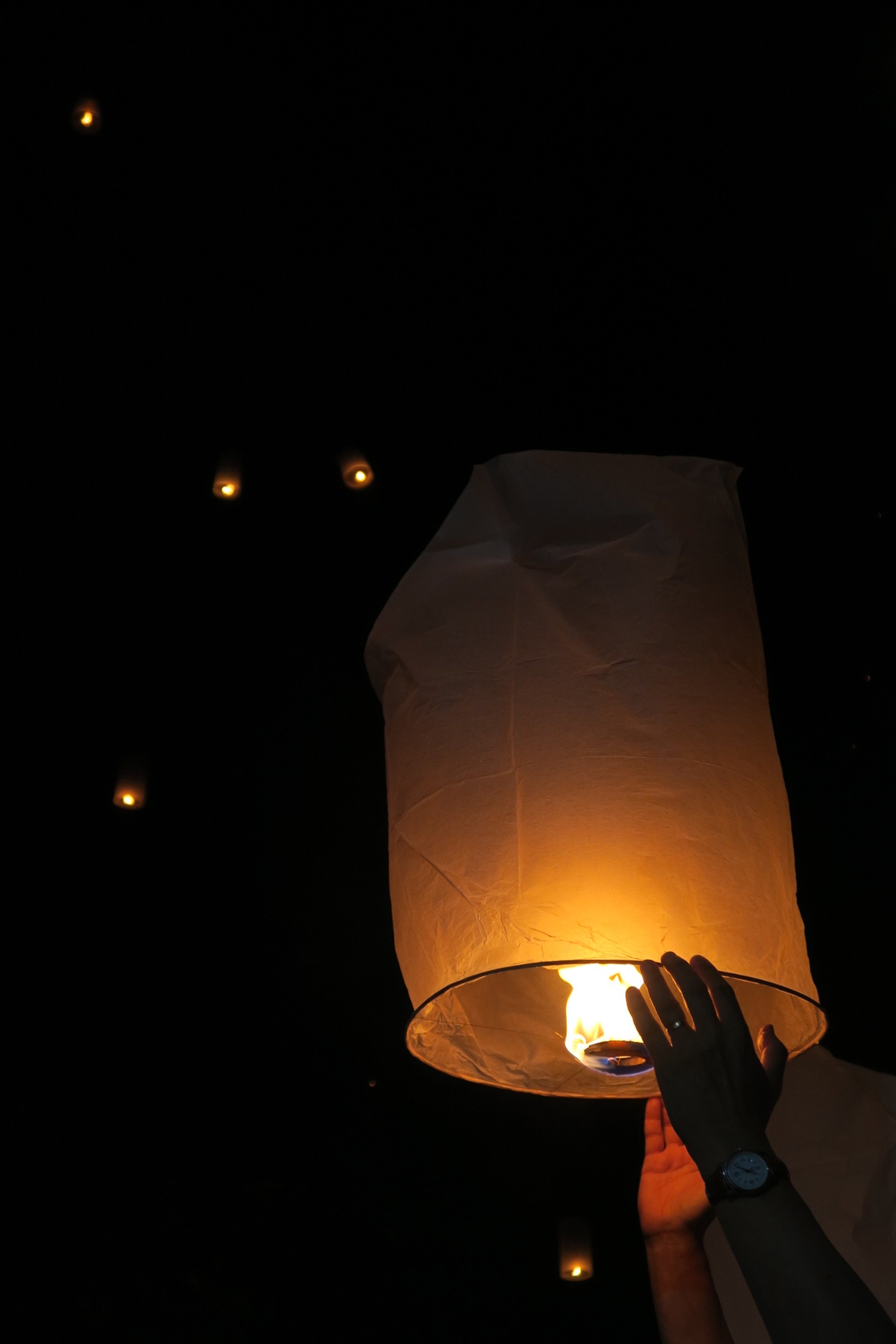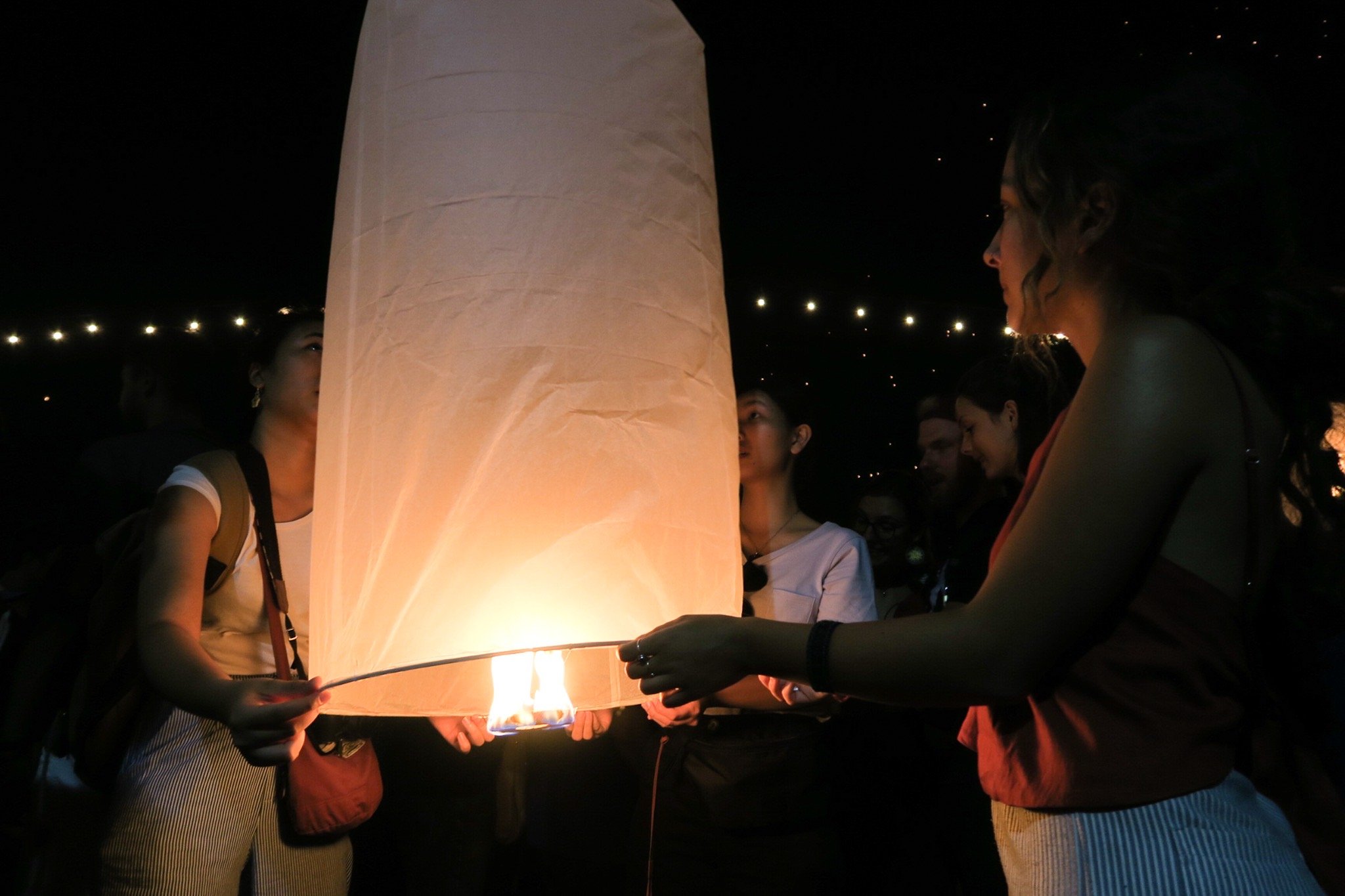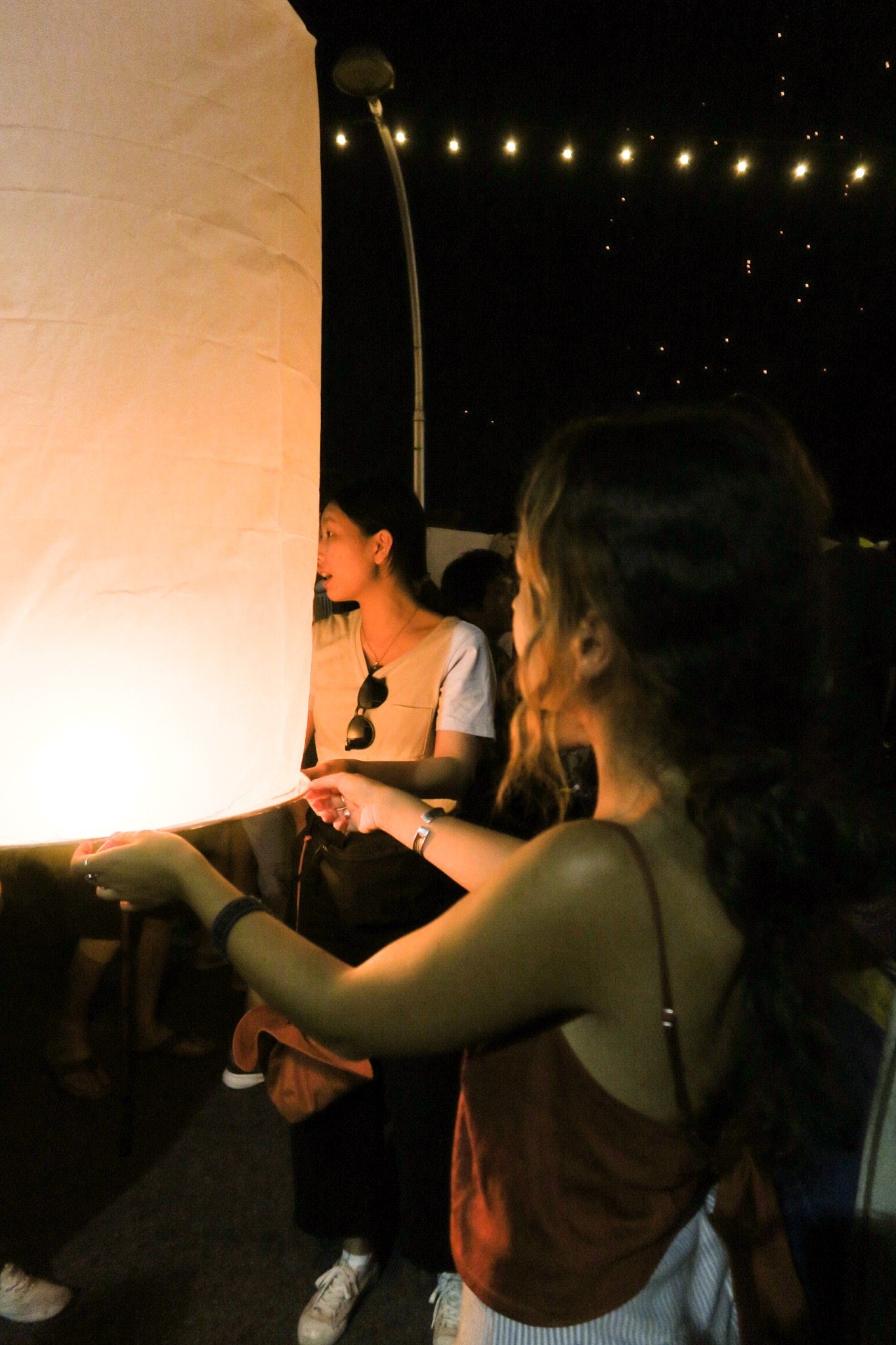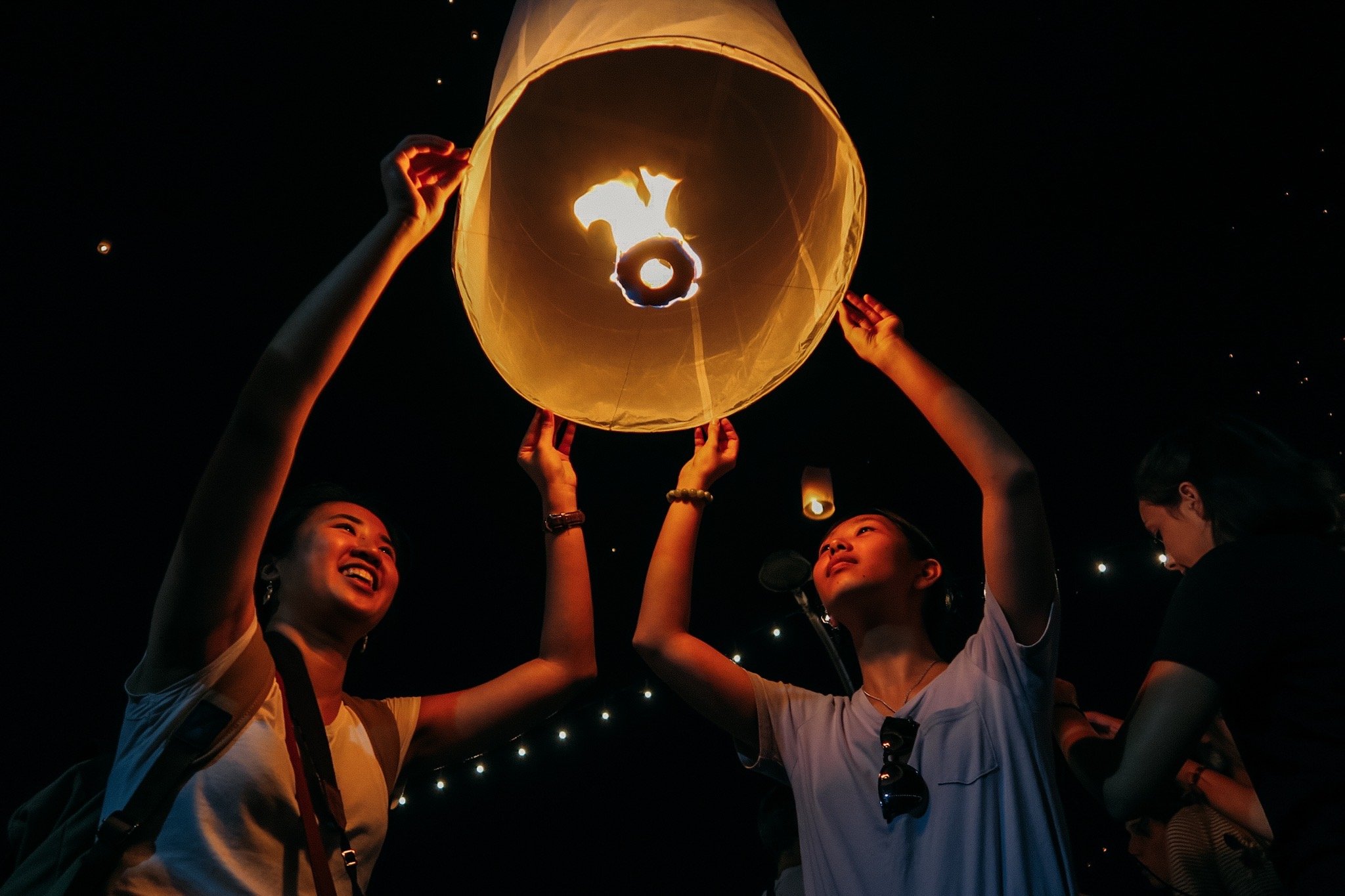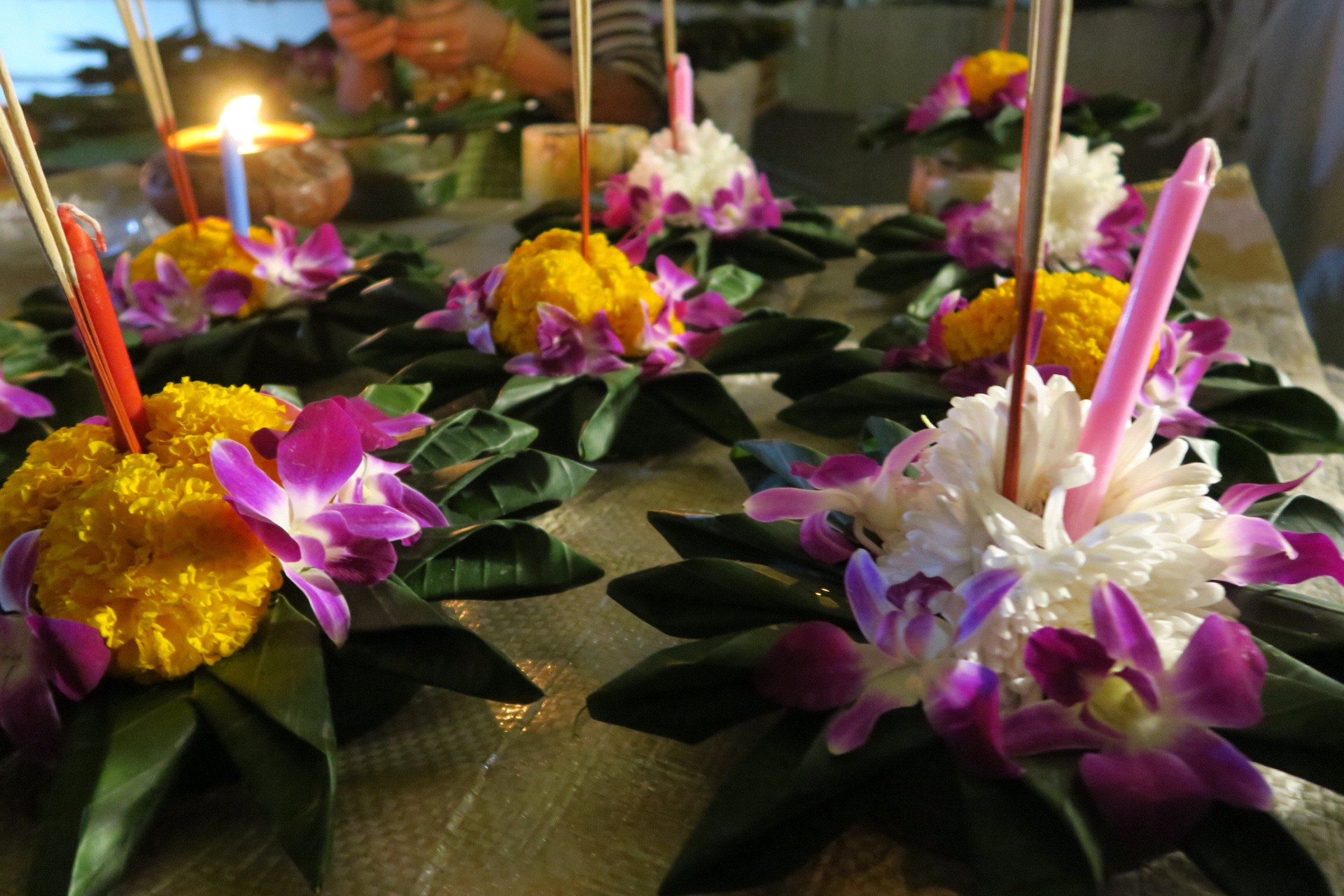Vietnam and Thailand Week Thirteen: Ho Chi Minh City and Chiang Mai
After Hoi An my next stop was Ho Chi Minh City. I stayed there for four nights, before taking another plane back to Chiang Mai to meet a friend I met in Laos. We met during my weaving course in Houey Hong (more about this on my Laos blog post). She was working in Bangkok and was going to Chiang Mai for a long weekend to see the Loy Krathong and Yi Peng festivals so we decided to go there together.
HO CHI MINH CITY
HCMC or otherwise known as Saigon is the most populous city in Vietnam. It’s located in the southeast of Vietnam. It is a city with skyscrapers, shopping malls and lots of national and international banks and companies. The current name of the city was given after the fall of Saigon in 1975 honouring Ho Chi Minh, the first leader of North Vietnam. Ho Chi Minh is chaotic, with millions of scooters everywhere. It’s not a city I would visit again, I don’t think it is as unique as other places or cities in South East Asia.
However, I enjoyed my time there and there are wonderful places to visit and explore. I stayed in an AirBnB that I definitely don't recommend so I’m not going to include it. The gist of why I didn’t like it is because I didn’t really feel safe, the area was weird, the way I got in and out of the flat was weird and difficult and I had neighbours knocking on my door multiple times… Anyway. I’m sure you can find nice places to stay in HCMC, I just wasn’t lucky — which was going to happen at some point in my trip.
Saigon is a city of many architectural influences such as France, China, Japan, the Soviet Union and the US as well. There are loads of nice cafes, restaurants, shops and museums to visit while in Ho Chi Minh. Here is a list of places I visited:
Ao Dai Museum: Small collection of Ao Dai dresses but still worth a visit. (More about this further down)
Ho Chi Minh Museum of Fine Arts: This museum was established in 1987. The building is a perfect example of Indochina’s architecture, with a combination of both French and Chinese styles. In 2012, the museum was recognised as an architectural monument. It displays a collection of over 20,000 artefacts. (More about the museum further down)
Jade Emperor Pagoda: It was built by the Chinese in 1909. It is a Taoist temple decorated with divinities.
Loft Cafe: Food, coffee and drinks are great and it’s a really nice co-working space!
Oromia Coffee and Lounge: Nice cafe with nice snacks, breakfasts, juices and coffees.
Poke Saigon Ly Tu Trong: I ate here twice while in Saigon. I loved the staff, and it was probably the best poke I’ve had in my life. You choose everything — what kind of rice you want, if you want some salad with your rice, the fish, the sauce, and you have a choice of around 25 toppings too. It’s super cheap. Definitely recommend this place!
Poke House Vietnam: Another place with amazing poke. Apparently there are tons of poke restaurants however this and Poke Saigon were the ones I went to and loved.
Ralf’s Artisan Gelato: If you are craving ice-cream — this is the place to go!
Reunification Palace: Home of the former president of South of Vietnam and has an amazing Art Deco interior.
Saigon Grill Restaurant: Rooftop restaurant with a really nice view.
Saigon Oi Coffee: Meeting hub for lots of creative freelancers working in the city.
Shamoki Robata Yaki: There are two restaurants here. The main one, and one on your right as you enter the main one. Just go at the small door and you will find a bar and around 10 small tables. All the food will be prepared in front of you. Great Japanese food, sake and beer. Definitely recommend.
Secret Garden Restaurant: Hoi An style lanterns everywhere and delicious traditional Vietnamese home cooking.
South-Vietnamese Women Museum: This museum is dedicated to celebrating the accomplishments of Vietnamese women. There are signs with explanations in both English and French as well as a lot of displays of traditional Ao Dai dresses, photos, textiles, and stories of Vietnamese women in history. (More about this museum further down.)
Temple Goddess Mariamma: This temple is a sacred Hindu Temple dedicated to the goddess of the Rain. It was built in the late 19th century by traders coming from India. It is the only Hindu temple in Saigon and is believed to have miraculous powers giving luck to its visitors. The outer wall of the Temple has a collection of interesting statues of different gods and goddesses like Mariamman, Vishnu and Ganesha. I enjoyed seeing this temple, it’s very different to other temples I saw around Vietnam.
The Workshop Coffee: My favourite cafe in Saigon. Loved the atmosphere (full of freelancers and people that work remotely) amazing food, great music, and really good wifi.
Thuy Design House: A fine artist who became a fashion designer (self-taught) — colourful and fun collections inspired by Vietnamese culture. Loved her clothes and accessories.
Ho Chi Minh Museum of Fine Arts: The Fine Arts Museum once belonged to one of the city’s richest men and is one of the largest galleries in the city. The three floors are dedicated to contemporary Vietnamese and international art. It is very nicely curated with displays arranged in a way that allows you to walk through the evolution of Vietnamese art through modern history.
The museum is housed in a beautiful yellow and white colonial mansion. Above you can see some photos of the building’s interior.
Ao Dai Museum:
This museum opened in 2014 and displays the story of Vietnamese Ao Dai throughout the history of the country. The Ao Dai is the national costume and a prominent symbol of the country. The designer Le Si Hoang was the one that funded this museum, exhibiting Ao Dais from the 17th century all the way to modern adaptations, achieving to show the evolution of the dress.
Here are some photos:
South Vietnamese Women Museum:
The South Vietnamese Women Museum was constructed to honour Vietnamese women for their contribution to the country’s development but also to celebrate the role of women in the war as mothers, wives and fighters. There are three floors that depict historical figures, highlighting women’s roles during the revolution: serving as politicians and administrators of the country. There are also textiles, clothes, Ao Dais and other crafts and items of their every day lives.
Here are some photos:
My last day in Ho Chi Minh I decided to go for a Mekong Delta tour. I had already seen everything I wanted at the city and that’s why I decided to go on this tour. I wasn’t that impressed, however it was a nice thing to do instead of just going to the same places again.
It was a guided tour (around 14 of us), and I was picked up from the AirBnB I was staying at. We drove in a minivan and it was about an hour to get to the first stop which was the Buddhist Vinh Trang Pagoda. After around half an hour there we went on a boat for the cruise. It was nice, however there were loads of other tours going on, lots of boats everywhere, and way too many people. The scenery was nice, but the tour as a whole was quite touristic. We stopped in a Mekong village to see how coconut candy is made and then we tried some honeybee tea and listened to some Vietnamese folk music. I must say it was a very touristic experience and definitely not unique. Before going back to HCMC we also had lunch which was very tasty. I don’t really recommend this tour and that is why I haven’t mentioned the tour operator. Still, it was a different experience to HCMC and I love being on boats so can’t complain.
Here are some photos:
CHIANG MAI:
Short trip back to Chiang Mai for three days for the Loy Krathong and Yi Peng festivals. As mentioned above, I went to Chiang Mai to meet a friend I met while I was travelling in Laos. Since I was back in Chiang Mai, I did some research and booked a weaving workshop.
First day in Chiang Mai I went to Rada Loom. Rada Loom is a weaving shop. They make modern looms and sell weaving equipment and they also produce Eri Silk which they give to women who live in villages around Chiang Mai to naturally dye for them.
The eri silk cocoon can be harvested by cutting and removing the pupa from the cocoon without any harm. They leave the pupa in ‘a safe place’ in order for it to transform into an adult moth which can reproduce. I find it amazing that the pupa doesn’t have to be killed in order for the silk to be produced. It’s a vegan alternative to regular silk. Eri silk has some unique characteristics. The silk produced from the Eri cocoon is shiny and but it’s texture is very soft, similarly to wool. Eri silk is breathable, and it can be both hand and machine washed. Apparently it gets softer every time it’s washed.
Rada Loom is located in the Jing Jai Market and even though it’s a bit far from the old town of Chiang Mai it’s definitely worth the visit. There are many nice shops there and some cute cafes too. I don’t think it’s that well known, there aren’t many tourists there.
The weaving workshop was really nice even though not really traditional but rather modern. I made a fabric using eri silk dyed with indigo and ebony. I learnt how to create a twill (diagonal lines pattern). After finishing my fabric (I think it took around four hours) I left and the lady there sewed it in a bag for me! I loved the finished piece, but I also really liked the feel of the Eri silk and weaving with it. I definitely recommend booking a workshop with them, you can make scarves, wall hangings, pillow cases, wall hangings and coasters. It’s also worth a visit, even if you don’t want to weave, their items are really pretty, handmade and eco-friendly.
After my weaving class in Rada Loom I decided to go to the Thai Tribal Crafts Fair Trade shop. I hadn’t been there before so I was excited to visit. This place was founded in 1973. The aim of the business is to improve the quality of life of the tribal people living in mountain villages of Northern Thailand by providing them a vital and fair income. In 2002, the Thai Tribal Crafts became a member of the World Fair Trade Organisation.
On the ground floor there is a shop with items produced by artisans from the seven different tribes: Mien, Lahu, Lawa, Lisu, Karen, Hmong and Akha. Each hill tribe is skilled in specific designs and methods that make each item unique. The Thai Tribal Crafts purchases these items from the artisans, and either sales them as they are or make them into new products. The items are entirely handcrafted, hand-woven and hand-stitched. Some of the techniques used are back-strap loom weaving, batik, basketry, appliqué and embroidery. All of their products explain the technique and talk about the woman who made it as well as the hill-tribe she is part of. It’s a really nice organisation, the products are all beautiful and the staff there are wonderful as well.
I talked to Elias, the manager and told him about my studies and about my textile research trip. He suggested I do a weaving class, which takes place in the second floor of the building. I explained that I could only do it the next day because the following I’d be leaving for Myanmar. Even though I arrived in the shop a few minutes before they closed, he called different artisan teachers and arranged the workshop for the next day straight away!
I had two different teachers while I did the class and they were both very smiley and helpful, showing me how to set up a loom, weave and make a traditional Lahu pattern. They offered me water, tea and many different traditional snacks. They explained both setting up a Karen loom (like I learnt at studio Naenna, more about this here) and a Lahu loom. While weaving in the Lahu style, the right side of the fabric is the top, whereas weaving the Karen way, the right side of the fabric is the one you can’t see while weaving. Another difference is that the Karen create the pattern while setting up their back-strap loom, whereas the Lahu count threads and create patterns while weaving. I just made a tiny sample but it was a really nice experience and I understood a lot. The yarn they use (cotton and silk) are naturally dyed as well.
Everyone was very informed and I really enjoyed my time there - would definitely visit again and I really recommend doing a workshop with them!
Thailand has festivals almost every week, and the people of this country just love celebrating. Whether it is a new year or a new moon, Thai people will always find a reason to have fun, get together, dance, share their amazing food, and party. Loy Krathong is one of the biggest celebrations of them all, and in Chiang Mai it coincides with a Lanna festival known as Yi Peng, which involves the launching of thousands of fire-powered paper lanterns into the air for good luck. The sky appears to be full of burning stars, the river is covered in Krathongs (banana leaves bowls with flowers and candles on them) and it’s an amazing view, like a dream come true.
There are many reasons why Loy Krathong festival is celebrated. First of all, this time of the year marks the end of the rainy season. It is believed that Loy Krathong, otherwise known as ‘the festival of light’ originated in the ancient city of Sukhothai, located about five hours north of Bangkok. It is not really a religious holiday, but you will see many Thai people praying to the water goddess, Mae Khongkha, as they send their decorated ‘boats’ down the river.
Each candle placed on a boat has a prayer or a wish attached to it as it makes it way down the river. I think that is the basic idea of the entire festival —it is a new beginning. Thai people and foreigners participating in the festival let go of whatever their misfortunes are and let the water carry them downstream.
Standing on a bridge in Chiang Mai during Loi Krathong and Yi Peng is truly unforgettable as both the Ping River and sky appear to be on fire at the same time.
The sky lanterns, known as khom loi, are made from thin rice paper and are heated by a fuel disk. When done correctly, the large lanterns fly surprisingly high. Messages, prayers, and wishes for good luck are written on the lanterns before launch. Obviously, lots of accidents happen, trees catch fire etc, but it’s still a very unique experience and I am so happy I got to see this.
Thailand has a very special space in my heart, especially the north. I love the people, their way of life and how positive and optimistic they are. I will always have more places I’ll want to visit there, and places I’d like to return to. Vietnam is very different, and I think tourism has changed it a lot. I am very happy I visited and yes there are places like Sapa that I’d like to visit again, and places like Ninh Binh that I didn’t have time to visit however didn’t manage to. However, from all the countries I visited in South East Asia it’s the one I can’t see myself visiting soon.
Next, I visited Myanmar, a country I never planned on visiting but ended up in. Such a pleasant surprise, and probably one of my favourite countries in the world. More about it in next week’s blog post!
xx
Christiana
